10 ANNI DI MAXXI. Una storia per il futuro

Monday closed
Tuesday to Sunday 11 am – 7 pm
Monday 8 December 11 am > 7 pm
Wednesday 24 December 11 am > 4:30 pm
Thursday 25 December closed
Wednesday 31 December 11 am > 4:30 pm
Thursday 1 January 11 am > 7 pm
Monday 5 January 11 am > 7 pm
Tusday 6 January 11 am > 7 pm
– for young people aged between 18 and 25 (not yet turned 25);
– for groups of 15 people or more;
– La Galleria Nazionale, Museo Ebraico di Roma ticket holders;
– upon presentation of ID card or badge: Accademia Costume & Moda, Accademia Fotografica, Biblioteche di Roma, Centro Sperimentale di Cinematografia, Enel (for badge holder and accompanying person), FAI Fondo Ambiente Italiano, Feltrinelli, Gruppo FS, IN/ARCH Istituto Nazionale di Architettura, Sapienza Università di Roma, LAZIOcrea, Palazzo delle Esposizioni, Amici di Palazzo Strozzi, Accademia Nazionale di Santa Cecilia, Scuola Internazionale di Comics, Teatro Olimpico, Teatro dell’Opera di Roma, Teatro di Roma, Università degli Studi di Roma Tor Vergata, Youthcard;
valid for one year from the date of purchase
– minors under 18 years of age;
– myMAXXI cardholders;
– on your birthday presenting an identity document;
– upon presentation of EU Disability Card holders and or accompanying letter from hosting association/institution for: people with disabilities and accompanying person, people on the autistic spectrum and accompanying person, deaf people, people with cognitive disabilities and complex communication needs and their caregivers, people with serious illnesses and their caregivers, guests of first aid and anti-violence centres and accompanying operators, residents of therapeutic communities and accompanying operators;
– MiC employees;
– journalists who can prove their business activity;
– European Union tour guides and tour guides, licensed (ref. Circular n.20/2016 DG-Museums);
– 1 teacher for every 10 students;
– AMACI members;
– CIMAM International Committee for Museums and Collections of Modern Art members;
– ICOM members;
– from Tuesday to Friday (excluding holidays) European Union students and university researchers in art history and architecture, public fine arts academies (AFAM registered) students and Temple University Rome Campus students;
– IED Istituto Europeo di Design professors, NABA Nuova Accademia di Belle Arti professors, RUFA Rome University of Fine Arts professors;
– upon presentation of ID card or badge: Collezione Peggy Guggenheim a Venezia, Castello di Rivoli Museo d’Arte Contemporanea, Sotheby’s Preferred, MEP – Maison Européenne de la Photographie;
limited seating; it is mandatory to arrive at the infopoint 15 minutes before the start time indicated on the ticket; the experience lasts approximately 45 minutes
limited seating; it is mandatory to arrive at the infopoint 15 minutes before the start time indicated on the ticket; the experience lasts approximately 45 minutes
MAXXI’s Collection of Art and Architecture represents the founding element of the museum and defines its identity. Since October 2015, it has been on display with different arrangements of works.


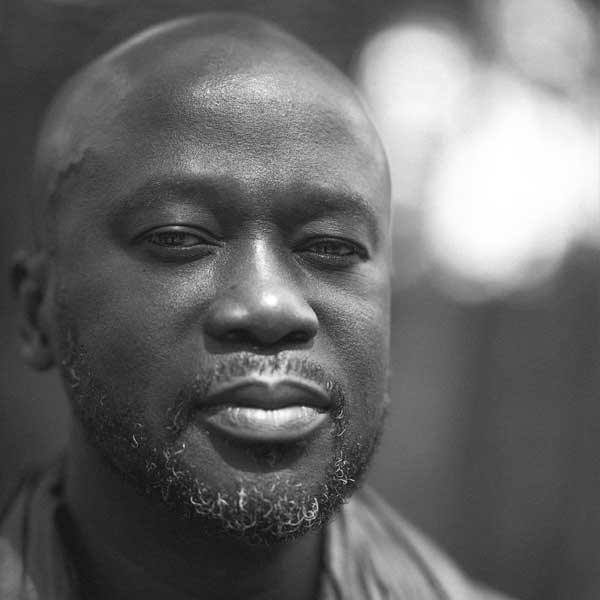
Sir David Adjaye OBE is a Ghanaian-British architect who has received international acclaim for his impact on the field. Born in Tanzania to Ghanaian parents, his influences range from contemporary art, music and science to African art forms and the civic life of cities. In 2000, he founded Adjaye Associates, which today operates globally, with studios in Accra, London, and New York and projects spanning across the globe.
Known for his ingenious use of materials and his sculptural ability, David Adjaye has established himself as an architect with an artist’s sensibility and vision. His projects range from private houses, bespoke furniture collections, product design, exhibitions, and temporary pavilions to major arts centers, civic buildings, and master plans. Adjaye’s largest project to date, The National Museum of African American History & Culture in Washington, DC opened on the National Mall in Washington DC in 2016 and was named Cultural Event of the Year by The New York Times. In 2017, Adjaye was recognized as one of the 100 most influential people of the year by TIME Magazine.
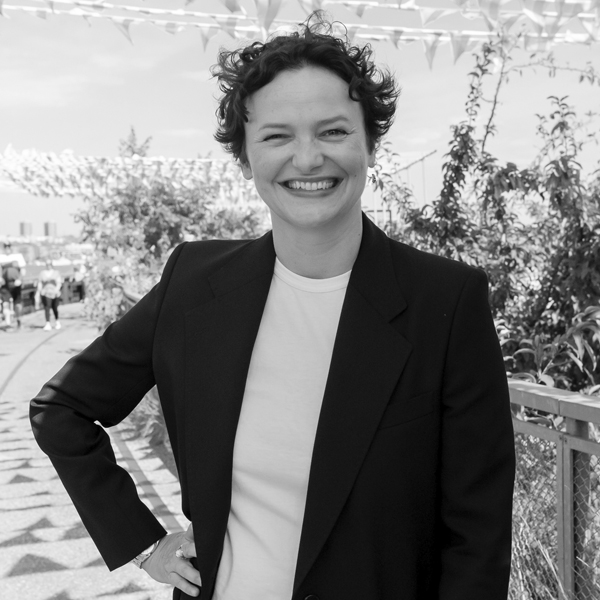
is an Italian curator based in New York. Currently, she is the Curator of the 59th International Art Exhibition at the Venice Biennale. Since 2011, she has been the Donald R. Mullen, Jr. Director & Chief Curator of High Line Art, the public art program presented by the High Line in New York. In 2018, Alemani served as Artistic Director of the inaugural edition of Art Basel Cities: Buenos Aires. In 2017, she curated the Italian Pavilion at the Venice Biennale.
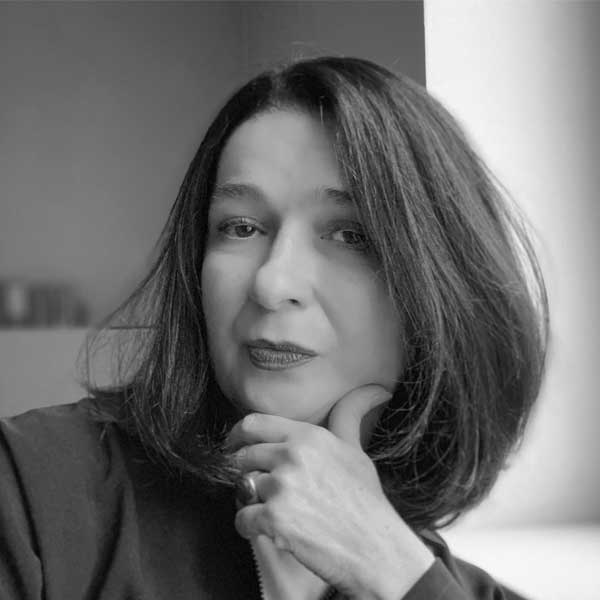
Zdenka Badovinac is a curator and writer. Since 1993, she has been the Director of the Moderna galerija in Ljubljana, which in 2011 was extended to the Museum of Contemporary Art Metelkova. In her work, Badovinac highlights the difficult processes of redefining history alongside different avant-garde traditions within contemporary art. Her first exhibition to address these issues was Body and the East—From the 1960s to the Present (1998). She also initiated the first Eastern European art collection, Arteast 2000+ (2000). One her most important recent projects is NSK from Kapital to Capital: Neue Slowenische Kunst – The Event of the Final Decade of Yugoslavia, Moderna galerija, 2015
Her most recent book is Comradeship: Curating, Art, and Politics in Post-Socialist Europe (Independent Curators International (ICI), New York, 2019.
Badovinac was Slovenian Commissioner at the Venice Biennale from 1993 to 1997 as well as in 2005 and Austrian Commissioner at the Sao Paulo Biennial in 2002. She was also president of CIMAM from 2010 to 2013.
Founding member of L’Internationale, a confederation of seven art institutions.
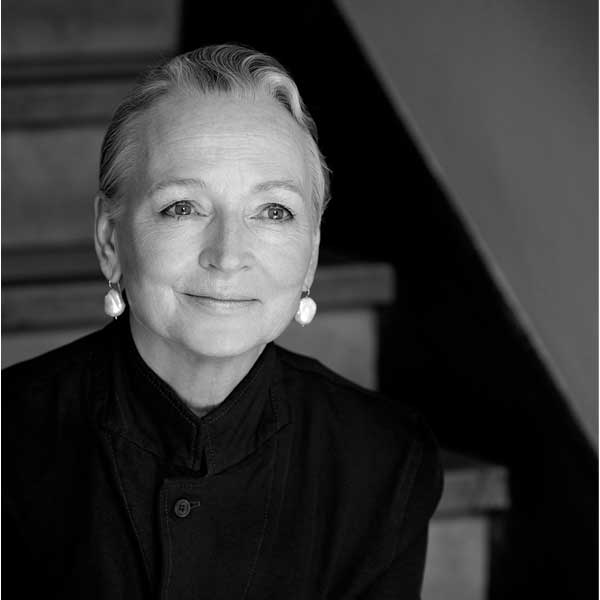
Petra Blaisse started her career in 1978 at the Stedelijk Museum in Amsterdam, in the Department of Applied Arts.
1986 onwards, she worked as freelance exhibition designer and won distinction for her installations of architectural works. Gradually her focus shifted to the use of textiles, light and finishes in interior space and, at the same time, to the design of gardens and landscapes.
In 1991, she founded Inside Outside. The studio worked in a multitude of creative areas, including textile, landscape and exhibition design. From 1999 Blaisse invited specialist of various disciplines to work with her and currently the team consists of about ten people of different professions and nationalities.
Inside Outside works internationally, on projects of increasing technical sophistication, ambition and scale. Throughout the years, Inside Outside has collaborated with various architects and designers. Blaisse has lectured and taught extensively in Europe, Asia and the United States. Her work has been included in numerous design and architecture exhibits internationally. In 2000 a solo exhibition on Inside Outside’s work was organized at the Storefront for Art and Architecture in Soho, New York, for which Dutch graphic designer Irma Boom created Blaisse’s first publication, the “Movements, 25%” catalogue. The first monograph on the work of Petra Blaisse / Inside Outside designed by Irma Boom, has been published February 2007 by NAi Publishers and was reprinted by The Monacelli Press, a division of Random House Inc. New York, October 2009.
photo ©Inga Powileit
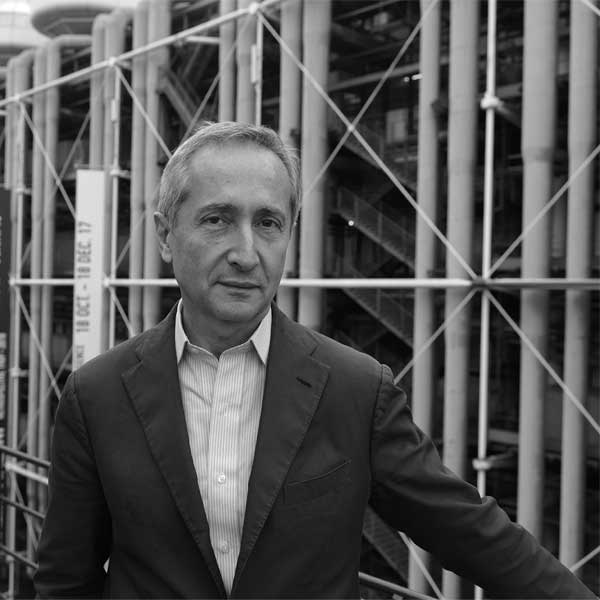
In December 2013, Bernard Blistène was appointed Director of the Musée national d’art moderne, Centre Pompidou, Paris. A Curator at the Pompidou from 1984 to 1990 and the Director of the Marseille’s Museums from 1990 to 1996, he is Curator in Chief of the Patrimony.
Following a period in which he oversaw many exhibitions in the United States, he was named Inspector General of Artistic Creation in 2000 and Director of the Department of Cultural Development, Centre Pompidou, Paris, in 2008, where he created Un Nouveau Festival, a new pluridisciplinary rendezvous for contemporary art.
He is currently supervising the renovation and the extension of the Modern and Contemporary collections at Centre Pompidou.
The author of many books on contemporary art (Warhol, Buren, Castellani, A History of XXe century to name a few), he is the creator of over a hundred exhibitions, whether monographic or thematic (“Christian Boltanski” (1984), “L’Instrumentarium de Klaus Rinke” (1985), “Blinky Palermo” (1986), “François Morellet” (1987), “Lucio Fontana” (1988), “Ed Ruscha” (1989), “Andy Warhol” (1990), “Danses tracées” (1991), “Poésure et Peintrie” (1993), “La Période vache de Magritte” (1994), “Premises” (1997), “Daniel Buren, le Musée qui n’existait pas” (2000), “Un Théâtre sans théâtre” (2007), “Raymond Hains et François Dufrêne”(2010), “Fluxus” (2012), “Jeff Koons” (2014), “César” and “Jim Dine” (2018) and “Boltanski” (end of 2019). He is currently planning a “Georg Baselitz” exhibition for the end of 2021.
Bernard Blistène, among others, was co-curator of the Biennale de Paris (1982), curator of the “Aperto” section of the Venice Biennale (1990), co-curator of Art Focus of Jerusalem (2010). He coordinated and organized the celebration of the 20 Years of Regional Funds for Contemporary Art (2002) and the first edition of “The Force of Art” (2008).
Bernard Blistène has been a Professor of Contemporary Art at the Ecole du Louvre for the last 20 years.
photo ©Philippe Migeat
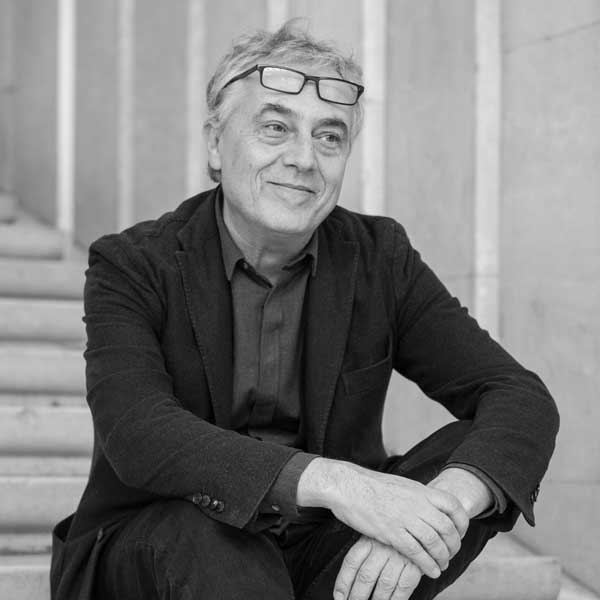
Sorry, this entry is only available in Italian.
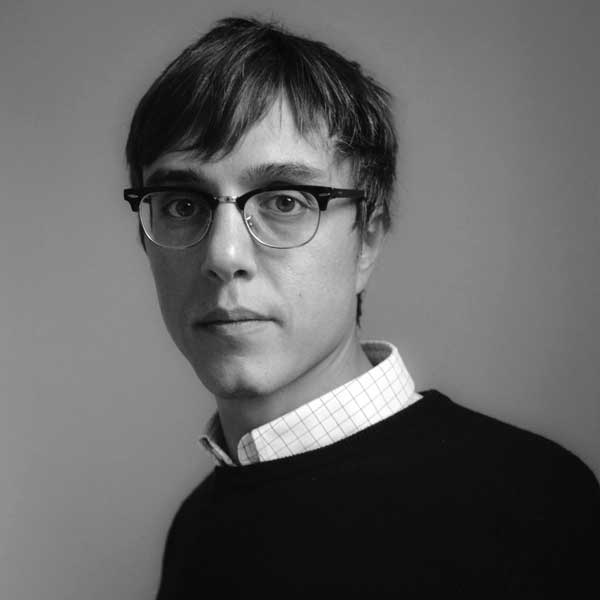
Sorry, this entry is only available in Italian.
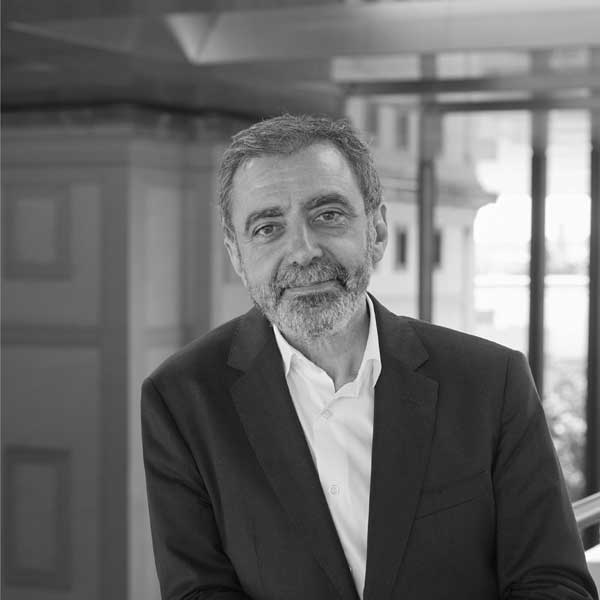
Born in 1957, has been the director of Museo Nacional Centro de Arte Reina Sofía (MNCARS) in Madrid since 2008. Previously, he was the director of the Fundació Antoni Tàpies and the Museud’Art Contemporani de Barcelona (MACBA). Together with searching for new forms of institutionality, an important part of his programme in the MNCARS is centred on the development and reorganization of the collection, changing the method of presentation of works.
Recent exhibitions he has programmed and curated include: ‘The Poetics of Democracy. Images and Counter-Images from the Spanish Transition’(2018),‘Russian Dada 1914–1924’, (2018), Lee Lozano, ‘Pulling out the Stops’, (2017), Rosa Barba, ‘Solar Flux Recordings ’(2017), ‘Pity and Terror in Picasso’s Path to Guernica’ (2017), ‘Marcel Broodthaers: A Retrospective’(2016),‘Territories and Fictions, Thinking a New way of the World’ (2016), ‘Not Yet, On the Reinvention of Documentary and the Critique of Modernism’ (2015), ‘Really Useful Knowledge’ (2014), and ‘Playgrounds, Reinventing the Square’ (2014). His latest pubblication, Campos Magnéticos (published by Arcadia) cameo ut in March 2020.
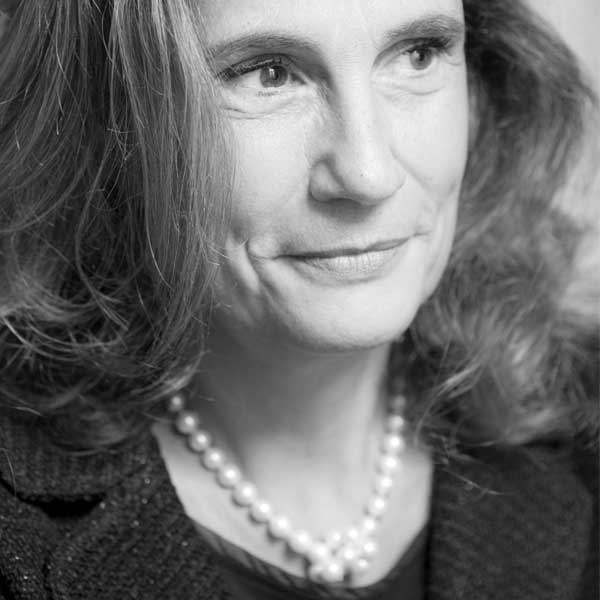
Sorry, this entry is only available in Italian.
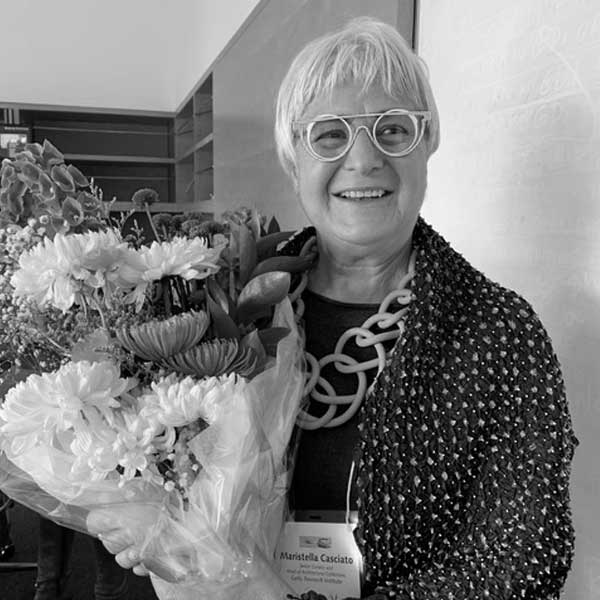
Architect and architectural historian, is Senior Curator, Head of Architecture Special Collections at the Getty Research Institute (2016-to present). She was Mellon Senior Fellow at the Canadian Center for Architecture, Montreal (2010) prior to be appointed Associate Director of Research at the same institute (2012-2015). She has been awarded a Fulbright fellowship and a research grant at the Institut national d’histoire de l’art in Paris. She has taught history of architecture in Italy and in the United States. Since the late 1990s she has been engaged in a research project on Pierre Jeanneret and the planning of Chandigarh in post-colonial India. On this topic she has curated a few exhibitions and contributed to the publication of catalogues and essays. She has been a guest curator at the MAXXI Architettura since the opening of the Museum. With Fulvio Irace she is the curator of Gio Ponti. Amare l’architettura, currently on view.
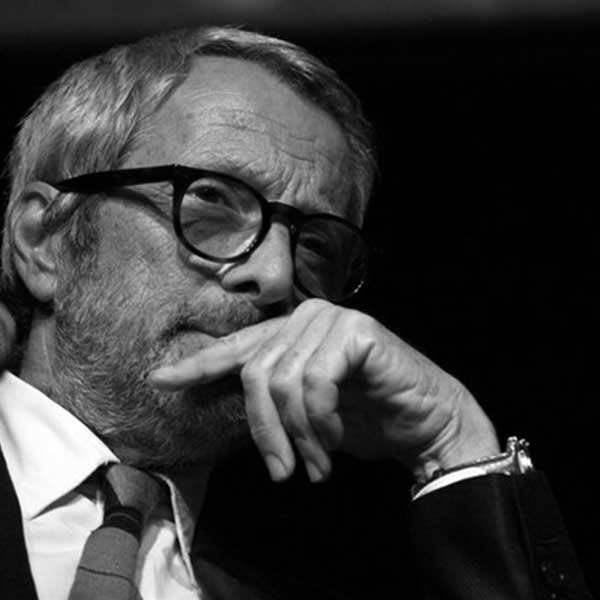
Sorry, this entry is only available in Italian.
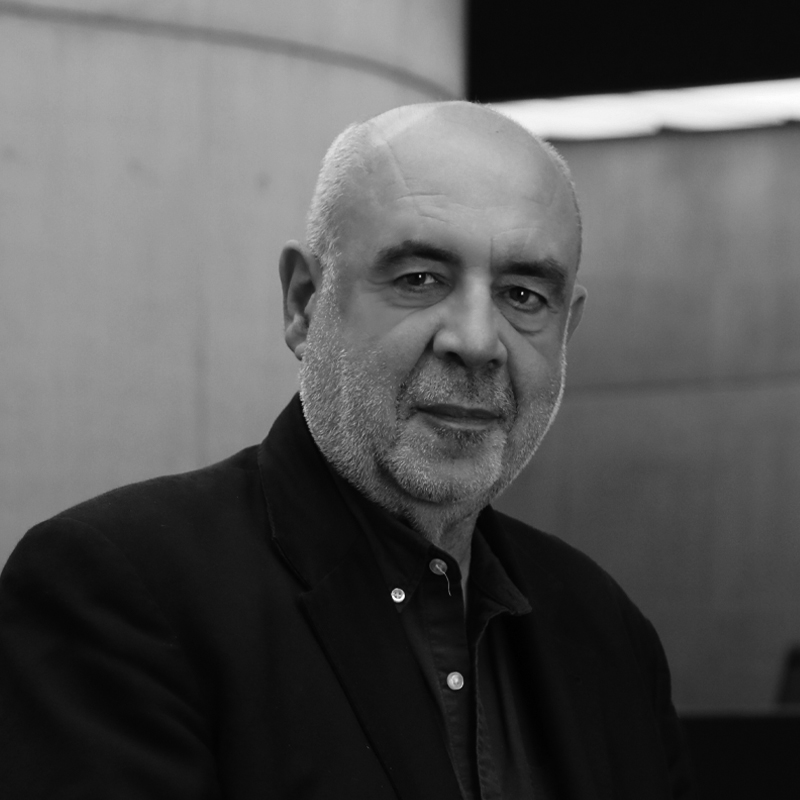
Born in Formia in 1955, in 1982 he graduated from the faculty of architecture of Roma-La Sapienza University. In 1991, he completed a PhD at the IUAV of Venice. From 1982 to 1995 he taught at the faculties of Venice and Rome, and since 1987 he has been visiting professor at Ohio State University and other universities of North America. Since 1995 he has taught Architectural Composition at the faculty of architecture of Ascoli Piceno – university of Camerino. He is director and professor of a number of interuniversity master courses and coordinates the International PhD Villard d’Honnecour. He was a member of the Regional Commission for the Cultural Heritage of Le Marche. Besides being senior curator of the MAXXI Museum, he is also advisor for the Medaglia d’oro all’architettura italiana award of the Milan Triennial as well as for the Mies van der Rohe Award of the MVDR foundation. Since 1981, he has been working with general and specialist journals and magazines and for the National radio. He is a member of the Casabella editorial committee. He is the author of a number of essays and researches on contemporary cities, as well as of monographic studies.
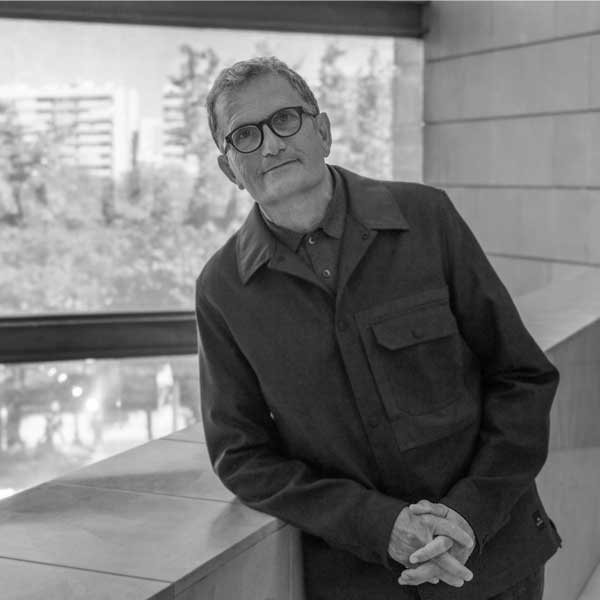
José Miguel G. Cortés has a PhD in Philosophy from Universitat de València and lectures in Theory of Art at the School of Fine Arts, Universitat Politècnica de València. He has long-standing professional experience as the founding director of EACC (Espai d’Art Contemporani de Castelló) from 1998 to 2003 and director of the La Gallera exhibition centre from 1997 to 1998.
He has penned around a dozen books including Metrópolis visionarias (2014), Otras ciudades posibles (2012) Gilbert & George. Escenarios Urbanos (2007) and Políticas del espacio. Arquitectura, Género y control Social (2006). He has also been the editor of different publications and has contributed essays to many compilations and contemporary art catalogues.
He has curated many thesis exhibitions, such as Ciudad Total, Medianoche en la Ciudad; Malas Calles and Cartografías Disidentes, as well as one-person shows by artists like Jeff Wall, Pepe Espaliú, Gilbert & George, Christian Boltanski and Annette Messeger, among others.
Cortés contributes reviews as an art critic to numerous magazines and journals, and has given courses and conferences at various museums, universities and art centres.
He is the Director of IVAM since 23rd September 2014, when he was appointed following an international competition.
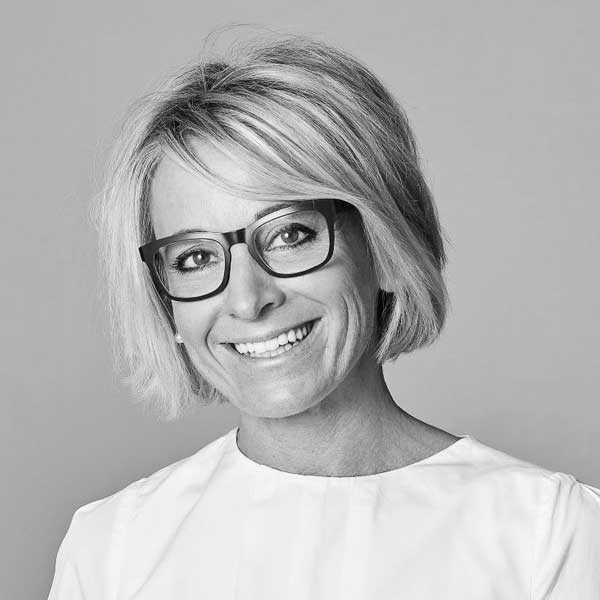
Sorry, this entry is only available in Italian.
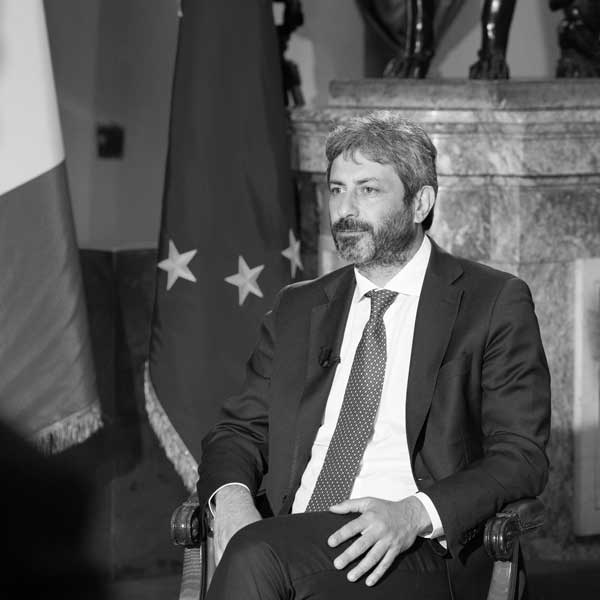
Sorry, this entry is only available in Italian.
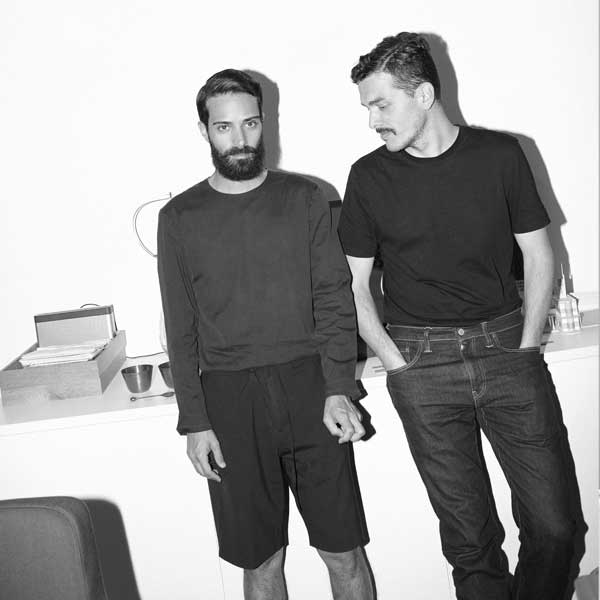
Andrea Trimarchi (1983) and Simone Farresin (1980) are Studio Formafantasma, an Italian designers duo based in Amsterdam, The Netherlands.
Their interest in product design developed on the IM master course at Design Academy Eindhoven, where they graduated in July 2009. Since then, Formafantasma has developed a coherent body of work characterised by experimental material investigations and explored issues such as the relationship between tradition and local culture, critical approaches to sustainability and the significance of objects as cultural conduits.
In perceiving their role as a bridge between craft, industry, object and user, they are interested in forging links between their research-based practice and a wider design industry. As a result, works by Studio Formafantasma have been commissioned by a variety of partners including Fendi, Max Mara – Sportmax, Hermès, Droog, Nodus rug, J&L Lobmeyr, Gallery Giustini / Stagetti Roma, Gallery Libby Sellers, Established and Sons, Lexus, Krizia International and Flos. Whether designing for a client or investigating alternative applications of materials, Studio Formafantasma apply the same rigorous attention to context, process and detail to every project they undertake. The added nuance for the duo is that they do so with an eye to the historical, political and social forces that have shaped their environments.
Their work has been presented and published internationally and museums such as New York’s MoMA, London’s Victoria and Albert, New York’s Metropolitan Museum, the Chicago Art Institute, Paris’s Centre Georges Pompidou, the TextielMuseum in Tilburg, the Stedelijk’s-Hertogenbosch, the Stedelijk Museum Amsterdam, MUDAC Lausanne, the Mint Museum of Craft and Design in North Carolina and the MAK Museum in Vienna have all acquired Formafantasma’s designs for their permanent collections. In March 2011 Paola Antonelli of the Museum of Modern Art in New York and esteemed design critic Alice Rawsthorn listed their studio amongst a handful of practices that would shape the future of design.
Andrea and Simone are lecturing and heading workshops in various Universities and Institutions. Currently they are teaching at the ‘Well Being’ and ‘Contextual Design’ Departments of the Design Academy Eindhoven. Since October 2016, they are at the head of the Design bachelor at MADE Program in Siracusa, Italy.
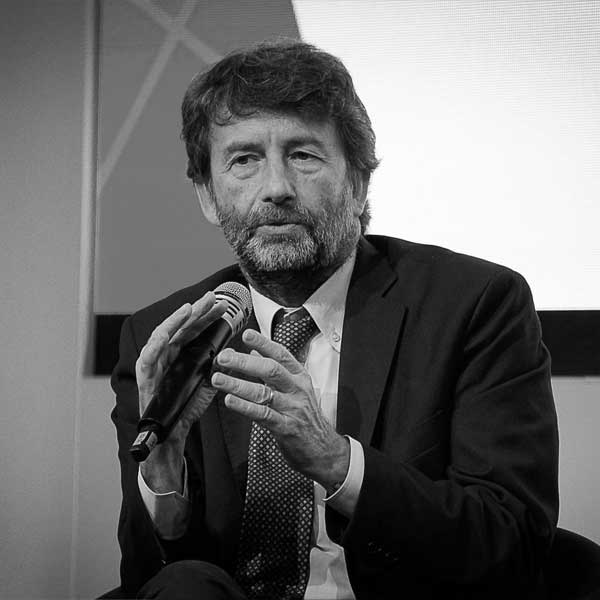
Ministro per i beni e le attività culturali e per il turismo
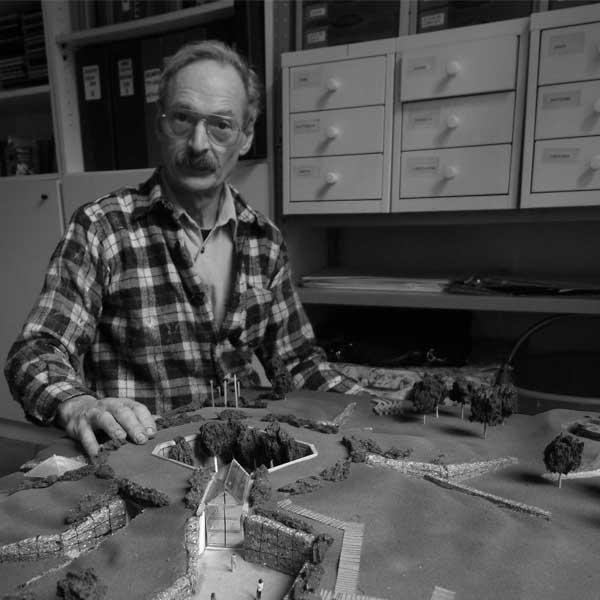
Sorry, this entry is only available in Italian.
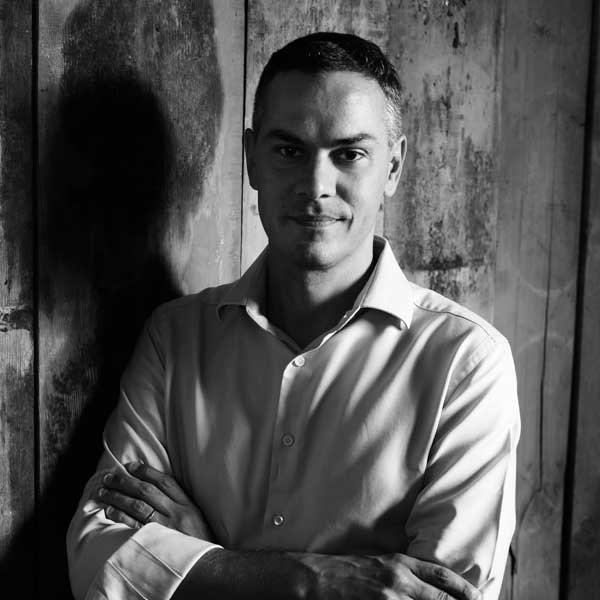
Artistic Director of the New Museum in New York and of the Nicola Trussardi Foundation in Milan. He has organized numerous international exhibitions including the 55th Venice Biennale (2013), the 8th Gwangju Biennale (2010), the 1st New Museum Triennial (2009, with Lauren Cornell and Laura Hoptman), the 6th Berlin Biennale (2006, with Maurizio Cattelan and Ali Subotnick), and Manifesta 5 (2004, with Marta Kuzma).
photo ©Marco De Scalzi
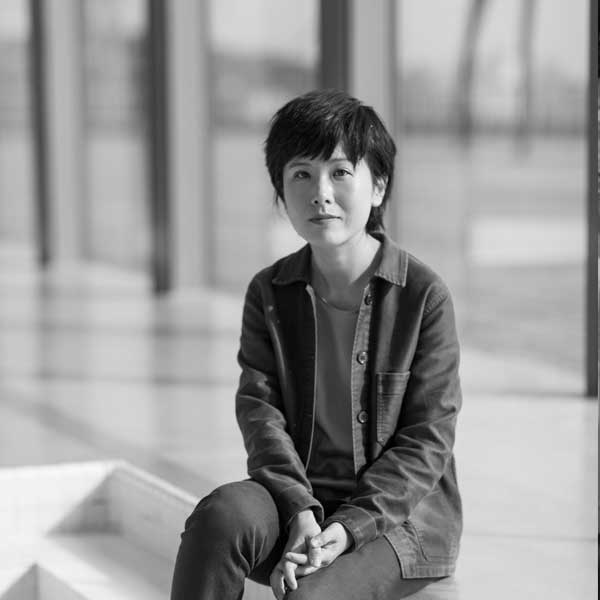
Director of Power Station of Art, professor of Shanghai Institute of Visual Art, former Chief-Editor of Art World magazine. In 2019, Gong Yan received Chevalier de l’Ordre des Arts et des Lettres.
Gong Yan had curated exhibitions such as: Ordinary Architecture—The Chinese Pavilion in the 11th International Architecture Venice Biennale; Shinohara Kazuo; Mobile Architecture: Yona Friedman; Toyo Ito: On the Stream;Snacks;PSA Collection Series Yu Youhan; PSA Collection Series Li Shan; HON: Niki de Saint Phalle & Shen Yuan; and The Challenging Souls: Yves Klein, Lee Ufan, Ding Yi etc.
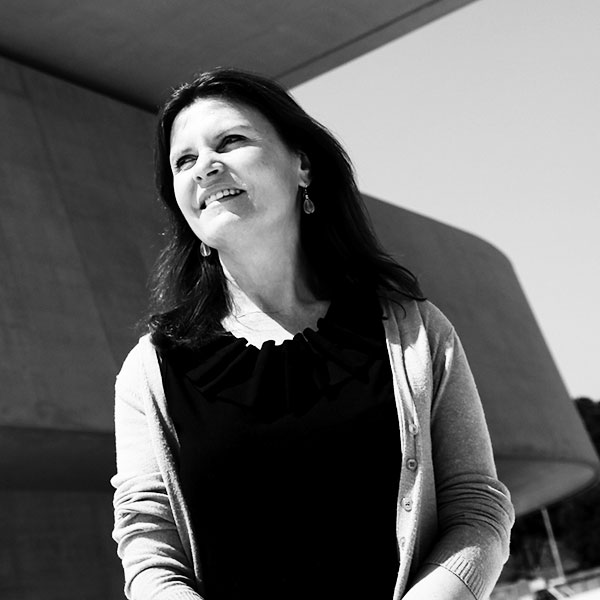
Sorry, this entry is only available in Italian.
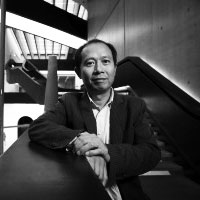
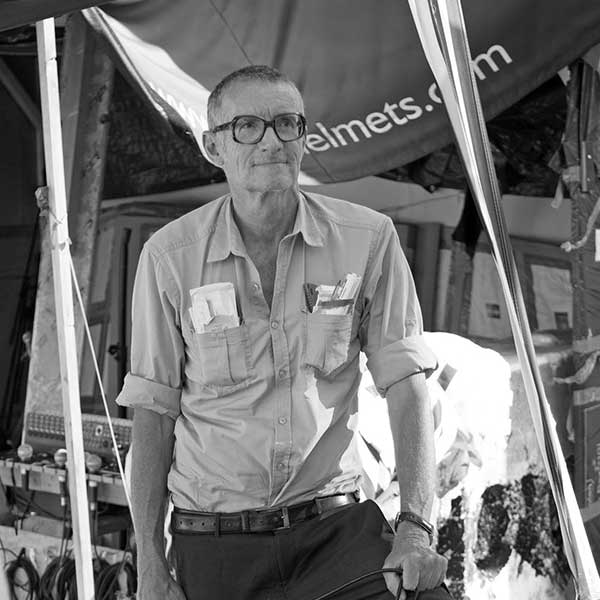
Born in 1957 in Bern (Switzerland). He studied at the Kunstgewerbeschule Zürich from 1978 to 1983, and moved to Paris in 1983 where he has been living since. His work is shown in numerous museums, galleries and exhibitions among which the Venice Biennale (1999 and 2015), Documenta11 (2002), the 27th Sao Paolo Biennale (2006), 55th Carnegie International, Pittsburg (2008), the Swiss Pavillion at the 54th Venice Biennale (2011), La Triennale at Palais de Tokyo, Paris (2012), 9th Shanghai Biennale (2012), Manifesta 10 at Saint-Petersburg (2014), Atopolis Mons (2015), South London Gallery (2015), Kunsthal Aarhus (2017), Fotogalleriet, Oslo (2017), The National Gallery of Kosovo (2018), MoMa PS1 (2019).
Thomas Hirschhorn’s ‘Presence and Production’ projects include “Robert Walser-Sculpture”, Biel, 2019, “What I can learn from you. What you can learn from me (Critical Workshop)”, Remai Modern, Saskatoon, 2018, the “Gramsci Monument” in the Bronx, New York, 2013, “Flamme éternelle” at Palais de Tokyo, Paris, 2014, “Sperr” at Wiesbaden Biennale 2016 and the “Bijlmer Spinoza Festival”, Amsterdam, 2009.
Selections of his writings are published in English: “Critical Laboratory: The Writings of Thomas Hirschhorn”, MIT Press (October Books), 2013, and in French: “Une volonté de faire, Thomas Hirschhorn” Macula, collection Les in-disciplinés-e-s, 2015. The book “Gramsci Monument” was published in 2015 by Dia and Koenig Books.
With each exhibition in museums, galleries and alternative spaces, and in his 70 works in public space, Thomas Hirschhorn asserts his commitment toward a non-exclusive public.
Thomas Hirschhorn has received awards and prizes, among which: “Preis für Junge Schweizer Kunst” (1999), “Prix Marcel Duchamp” (2000), “Rolandpreis für Kunst im öffentlichen Raum” (2003), “Joseph Beuys-Preis” (2004), the “Kurt Schwitters-Preis” (2011) and the Prix Meret Oppenheim (2018).
Thomas Hirschhorn at the «Robert Walser-Sculpture», Biel/Bienne (Switzerland), 2020
Photo ©Enrique Munoz Garcia
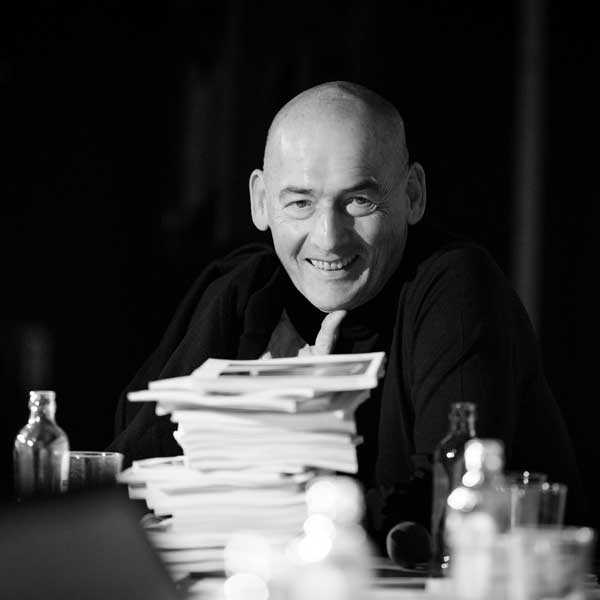
Sorry, this entry is only available in Italian.
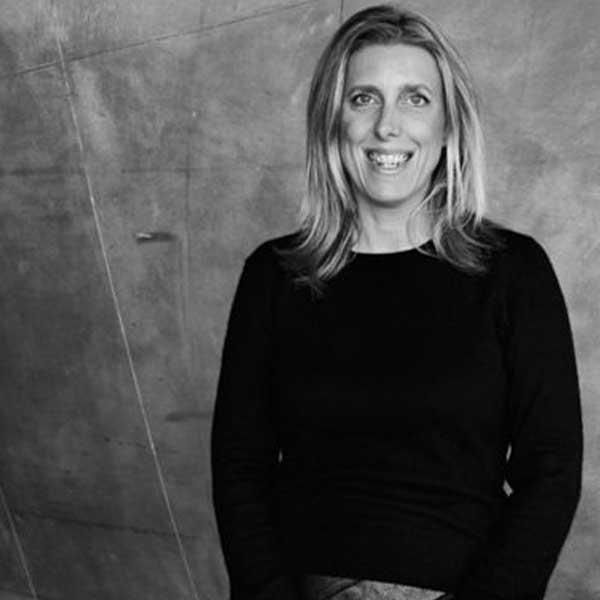
Art historian, she studied history, history of art and architecture at the Sorbonne and the École du Louvre.
After having worked at the ICOM – International Council of Museums, Monum/Caisse nationale des Monuments historiques, and having taught at the École Supérieure d’Architecture de Paris-Belleville, she became a curator at the Cité de la Musique in Paris in 2000, where she set up a cross-disciplinary programme.
During this time, she curated numerous exhibitions dedicated to the relation between music, sound and contemporary art, including Electric Body, which examined the body’s place in music, and Espace Odyssée, which explored the notion of space in contemporary music and was staged by the artist Dominique Gonzalez-Foerster. She also presented solo projects dedicated to artists from the music and artistic scene including composers György Ligeti, Chen Zhen, Christina Kubisch, Saâdane Afif and Christian Marclay.
The highly commented Marclay Replay exhibition was staged in various venues in Australia, Spain and Canada. While she was at the heart of this Parisian institution dedicated to contemporary music, she organised, for the first time in France, shows on the pop-rock music scene including Jimi Hendrix Backstage, Pink Floyd Interstellar, John Lennon Unfinished Music providing a historical take on the important figures of pop music. Based on these experiences and the associated programme of concerts by Kraftwerk and Sonic Youth for instance, she is invited by the Musée des Beaux-Arts de Montréal where she was asked to design the Warhol Live exhibition in 2008, followed by Imagine Peace with Yoko Ono in 2009. The I am a cliché exhibition on the heritage of punk aesthetics staged at the Rencontres Internationales de la Photographie in Arles, then in Brazil in 2010/2011, followed along the same lines of historical reinterpretation.
In 2008, she joined the Centre Pompidou as a curator of contemporary art, where she continued to specialise in the relationship between visual arts, music, dance and performance. She contributed to the elles@centrepompidou exhibition, dedicated to women artists, and organised the show for its presentation in Brazil. While working on the collection and acquisition of emblematic works, such as The Clock by Christian Marclay which won the Golden Lion at the Venice Biennial in 2011, she curated several exhibitions, including Dancing through life (with Christine Macel) which examined the links between dance and visual arts and included a rich events programme related to the exhibition. In charge of the inaugural La Couleur exhibition for the Centre Pompidou Mobile, she was also behind the much-talked-about retrospective of Pierre Huyghe at the Centre Pompidou, which introduced living organisms into the museum environment.
This show was then presented at the Ludwig Museum in Cologne and at the LACMA in Los Angeles (2014). In 2015/2016 she also curated the Dominique Gonzalez-Foerster retrospective at the Centre Pompidou, Paris, which toured at the K20 Düsseldorf in 2016. Since 1st December 2014, when she was unanimously appointed Director of the Centre Pompidou- Metz, she has curated several exhibitions and installations like the greeted by the press Warhol Underground, Kimsooja- To Breathe – installation of the Korean artist Kimsooja presented as part of the France-Korea year, Musicircus. Masterpieces from the Centre Pompidou collection, Oskar Schlemmer. The dancing artist and Infinite Garden. From Giverny to Amazonia.
Between 2016 and 2018, she curated a trilogy dedicated to the artist Jean-Luc Vilmouth punctuated by the presentation of the film Lunch Time, and the installations Jungle Science and Café Little Boy. It is also under her curatorial that the exhibition The Adventure of Colour. Masterpieces from Centre Pompidou Collection, devoted to the persistence of reflections on colour in the history of modern and contemporary art, was presented between 2017 and 2019. In 2018, she was the curator of the exhibition Modern Couples, produced in collaboration with the Barbican Art Gallery of London. In June 2019, Emma Lavigne is the curator of the exhibition Rebecca Horn. Theatre of metamorphoses.
In October 2019, in Poitiers, she initiates with Emmanuelle De Montgazon a new contemporary art event entitled Traversées with Kimsooja as a guest artist. For 2020, she is preparing the exhibitions Susanna Fritscher and The Sky as a Studio. Yves Klein and his contemporaries. Along with the artist Céleste Boursier-Mougenot, Emma Lavigne was likewise selected by a panel to represent France at the Venice Art Biennial in 2015, with their project rêvolutions, which offered a subtle reflection on the systems of control by man and nature, on the notions of hybridisation and of living together. She was guest curator of the 14th Lyon Biennial, Floating Worlds, which redefined the word “modern” in the current creation and the context of a rampant globalization, generating a constant mobility and acceleration of flows.
On April 19, 2016 Emma Lavigne was awarded the medal of the Legion of Honour, highest French order of merit, which she received from Mr. Serge Lasvignes, President of the Centre Pompidou, Paris. She is a member of various Boards of Directors including the Centre Pompidou, the Higher School of Art of Lorraine and the National Choreographic Centre – Ballet of Lorraine. She has also been a member of several juries including Artagon, Artissima, Sam Art Project, Luxemburgish Pavilion at the Venice Biennial.
Photo ©Manuel Braun
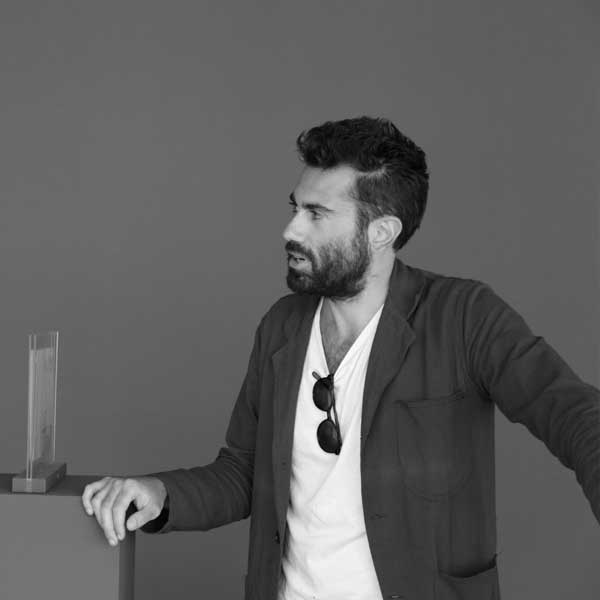
Born in 1981, Luca Lo Pinto is the artistic director of MACRO – Museum of Contemporary Art of Rome. From 2014 till 2019 he worked as curator of Kunsthalle Wien. He is co-founder of the magazine and publishing house NERO.
At Kunsthalle Wien he organized solo exhibitions of Nathalie du Pasquier, Camille Henrot, Olaf Nicolai, Pierre Bismuth, Babette Mangolte, Charlemagne Palestine and the group exhibitions Time is Thirsty; Publishing as an artistic toolbox: 1989-2017; More than just words; One, No One and One Hundred Thousand; Individual Stories and Function Follows Vision, Vision Follows Reality. Other curatorial projects include Io, Luca Vitone (PAC),16th Art Quadriennale (Palazzo delle Esposizioni), Le Regole del Gioco (Achille Castiglioni Studio-Museum); Trapped in the closet (Carnegie Library/FRAC Champagne Ardenne), Antigrazioso (Palais de Toyko); Luigi Ontani (H.C. Andersen Museum); D’après Giorgio (Giorgio de Chirico Foundation, Rome); Conversation Pieces (Mario Praz Museum). He has written for many catalogues and international magazines. He edited the book “Documenta 1955-2012. The endless story of two lovers” and artist books by Olaf Nicolai, Luigi Ontani, Emilio Prini, Alexandre Singh, Mario Garcia Torres and Mario Diacono. In 2014 he published a time capsule publication titled 2014.
photo ©Andrea Fichtel
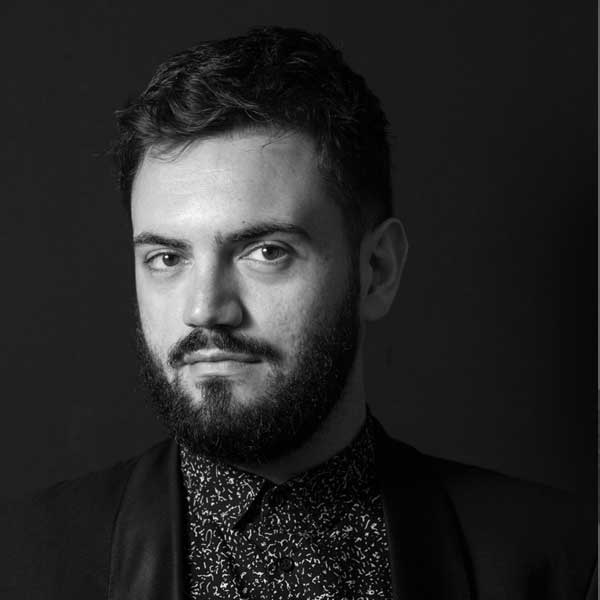
Matteo Lucchetti is a curator, art historian, and writer. His main curatorial interests are focused on artistic practices that redefine the role of art and the artist in society. Since 2010, he curates, with Judith Wielander, Visible, a research project and first European biennial award for socially engaged artistic practices in a global context, by Fondazione Pistoletto and Fondazione Zegna. He worked as curator of Exhibitions and Public Programs at BAK, Utrecht in 2017–2018. His curatorial projects include Sammy Baloji. Other Tales, Lunds Konsthall and Kunsthal Aarhus, 2020; First Person Plural: Empathy, Intimacy, Irony, and Anger, BAK, Utrecht, 2018; Marinella Senatore: Piazza Universale. Social Stages, Queens Museum, New York, 2017; De Rerum Rurale, 16a Quadriennale di Roma, 2016; Don’t Embarrass the Bureau, Lunds Konsthall, 2014. He was curator in residence at Para Site (Hong Kong), Kadist Art Foundation ( Parigi) e AIR (Anversa). He is guest professor at HISK, Gent. His texts have appeared on Mousse Magazine, Manifesta Journal, and Art Agenda.
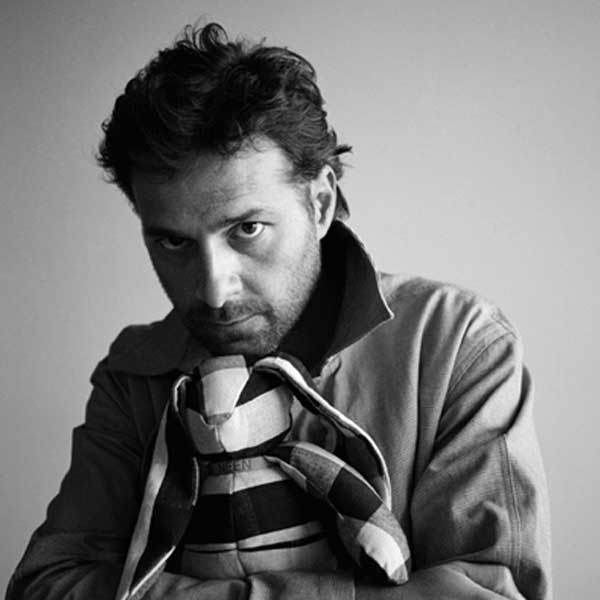
Sorry, this entry is only available in Italian.
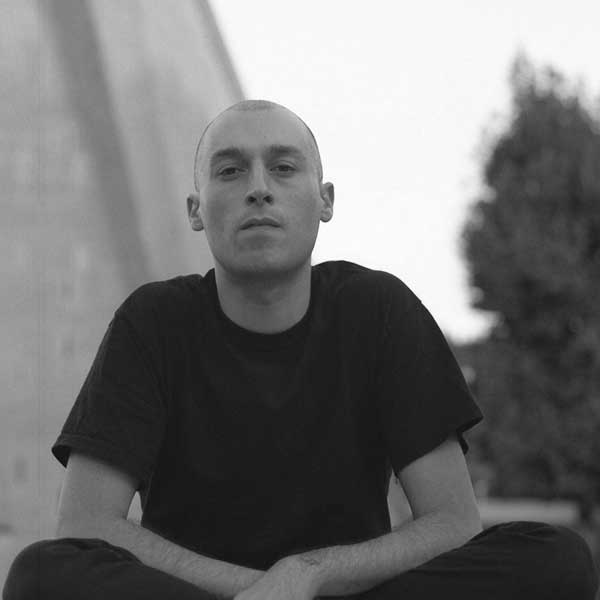
Diego Marcon (born 1985) is a visual artist working mostly with film and video. His works revolve around cinema archetypes through a process that tries to combine a cold, structural approach to filmmaking, with a more sentimental attitude, that of secular movie genres.
Short films and videos often use a looped structure, creating a circular time wrapped onto itself that defines an emotional display that flirts with the pathetic aspects of popular forms of entertainment. In 2018, Diego Marcon won the Foundation Hernaux Sculpture Award and the MAXXI Bulgari Prize 2018.
His works has been shown in solo and group exhibitions in spaces such as Fondazione Prada (Milano, IT), Institute of Contemporary Arts Singapore / LASALLE (Singapore, SGP), La Triennale di Milano (Milano, IT), MAXXI Museum (Roma, IT), Matadero (Madrid, ES), Centre international d’art et du paysage (Vassivière, FR), Whitechapel Gallery (London, UK), Fondation d’entreprise Ricard (Paris, FR) and Artspace (Auckland, NZ); his films have been screened in international film festival, including International Rotterdam Film Festival (Rotterdam, NL), Cinéma du Réel (Paris, FR), Courtisane (Gent, BE), BFI (London, UK) and doclisboa (Lisboa, PT).
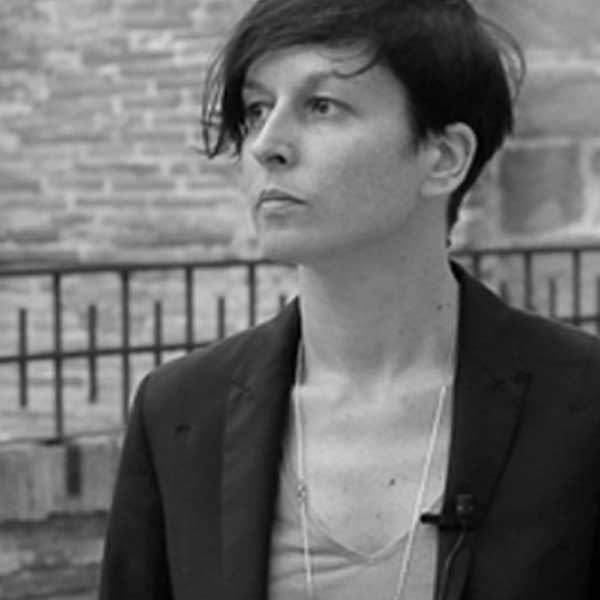
Sorry, this entry is only available in Italian.
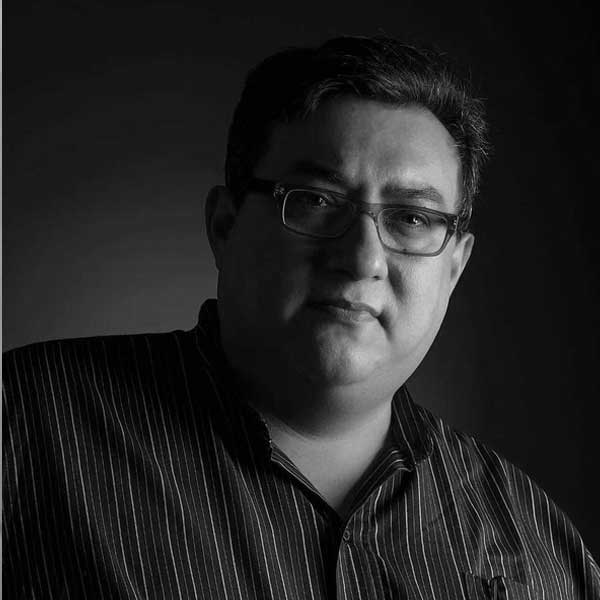
Born in Mexico, Cuauhtémoc Medina is an internationally renowned art curator, critic and historian. Having worked extensively in Europe, he currently serves as Chief Curator at the Museo Universitario Arte Contemporáneo (MUAC) in Mexico City.
photo courtesy Shanghai Biennale
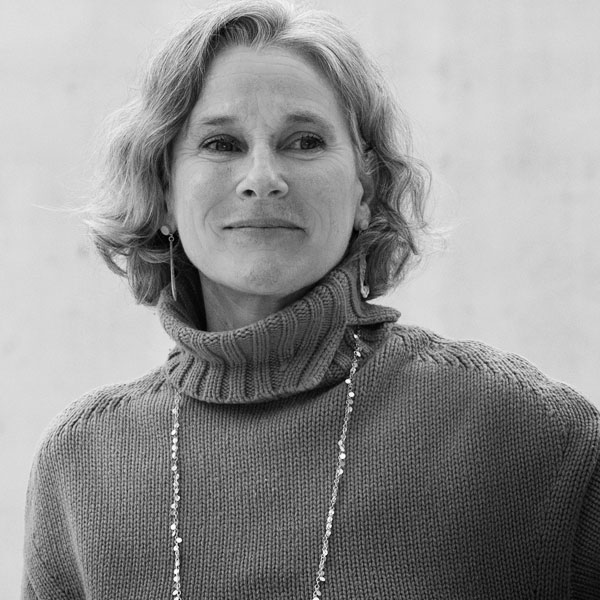
Born in New York in 1962, she lives in Rome, is married and has a daughter.
Expert in cultural policies, economist and environmentalist. In 2003 she was awarded the title of “Officier de la Legion d ‘Honneur” by the President of the French Republic Jacques Chirac.
From 1988 to 1994 she was Head of the International Legambiente Office, coordinator of her scientific committee and member of the national secretariat of the environmental association.
Member of the PD from 1994 to 2012, she was twice Minister: for Cultural Heritage and Activities from 1998 to 2001 and for Youth Policies and Sports Activities from 2006 to 2008.
Since 2012 President of MAXXI, the first national museum dedicated to contemporary art, she is also founder and president of Human Foundation and Social Impact Agenda for Italy. Engaged in the international movement for the impact economy, since 2018 she represents Italy in the Board of Trustees of the GSG (Global Steering Group for Impact Investment).
He writes regularly on Vita and the Huffington Post.
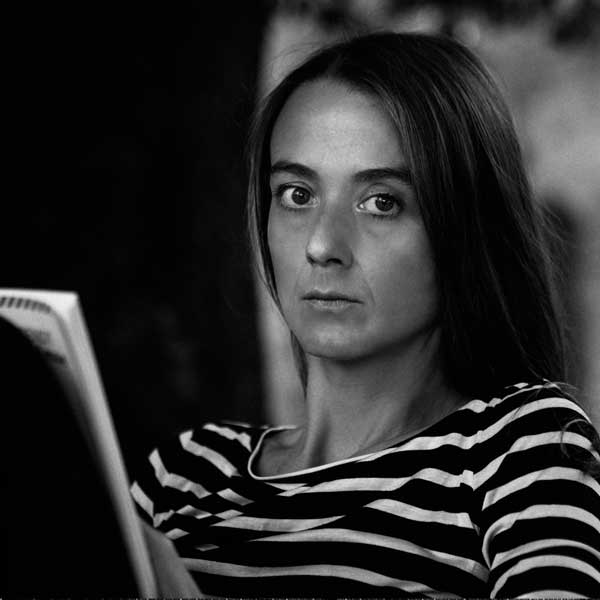
Born in Italy in 1981, is an artist who investigates the relationships between transformational processes in the urban, social and natural orders of specific geographies. Her practice favours long-term projects developed through large-scale works, drawings, writings, sculptures, and video-documents. Her works include: Istanbul City Hills_On the Natural History of Dispersion and States of Aggregation (2013), about the recent urban transformation of Istanbul; 1XUnknown (1942-2018, to Fortress Europe with Love), about the Atlantic Wall defensive line: 15,000 bunkers built by the Third Reich across the European Atlantic coast, with the purpose of defending Fortress Europe. Since 2016, she has been studying refugee camps as cities where another idea of citizenship is experimented. Her work The Fountains of Za’atari is focused on Za’atari Refugee Camp, which arose in Jordan in 2012 near the Syrian border.
Moscardini attended the Advanced Course for Visual Arts, Fondazione Antonio Ratti, Como with Yona Friedman and she has been research fellow 2015, Italian Academy for Advanced Studies in America, Columbia University, New York, USA.
photo Courtesy Civitella Ranieri Foundation
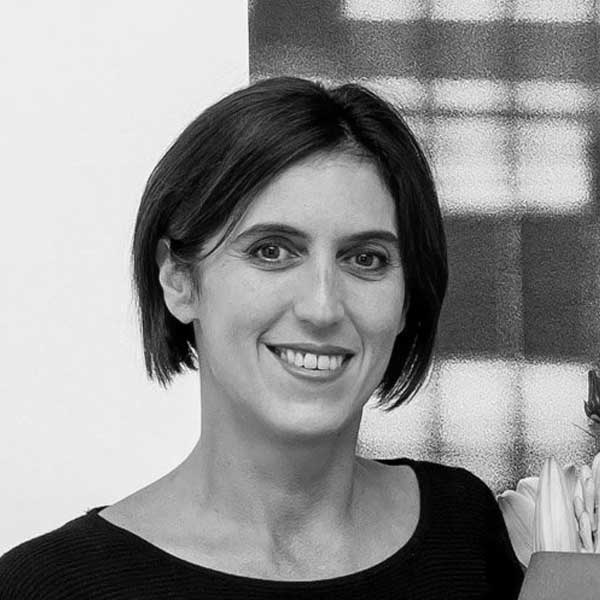
She has been Director of the Museo de Arte Moderno de Buenos Aires since 2013. She holds an MA in Art History from the University of Buenos Aires (UBA) and an MA in Curatorial Studies from the Center for Curatorial Studies, Bard College, New York. She has acted as Projects Coordinator for the International Program at MoMA, New York; Assistant Curator of Contemporary Exhibitions at The Drawing Center, New York; and Curator at Malba-Fundación Costantini in Buenos Aires.
Between 2004 and 2013, she worked independently and curated the 29th Bienal de Arte de Pontevedra, in Pontevedra, Spain (2006);the 41 Salón Nacional de Artistas, in Cali, Colombia (2008); the 7aBienal do Mercosul, in Porto Alegre, Brazil (2009); the 11ème Biennale de Lyon: A Terrible Beauty Is Born, in Lyon, France (2011);and The Circle Walked Casually, Deutsche Bank KunstHalle, in Berlin, Germany (2013), amongmany other exhibitions. In 2011, she was a finalist in The Walter Hopps Award for Curatorial Achievement. In 2012, she was honoured with the Chevalier de l’Ordre des Arts et des Lettresby the French Ministry of Culture. In 2014, she was selected to attend the Global Museum Leaders Colloquium organized by The Metropolitan Museum of Art, New York.
During her tenure leading the Moderno, the Museum has featured over 60 exhibitions and published over 35 bilingual publications, focused mostly on Argentinianmodern and contemporary art. In 2018, Noorthoorn reopened the refurbished Museum, doublingthe exhibition space, with the ambitious project A Tale of Two Worlds: Experimental Latin American Art in Dialogue with the MMK Collection, 1940s–1980s, with 500 works by 117 artists from European, American and Latin American collections, co-curated by the Moderno and the MMK in Frankfurt. Last November, she was invited to deliver the inaugural keynote speech to the CIMAM 2018 Annual Conference, at the Moderna Museet in Stockholm.
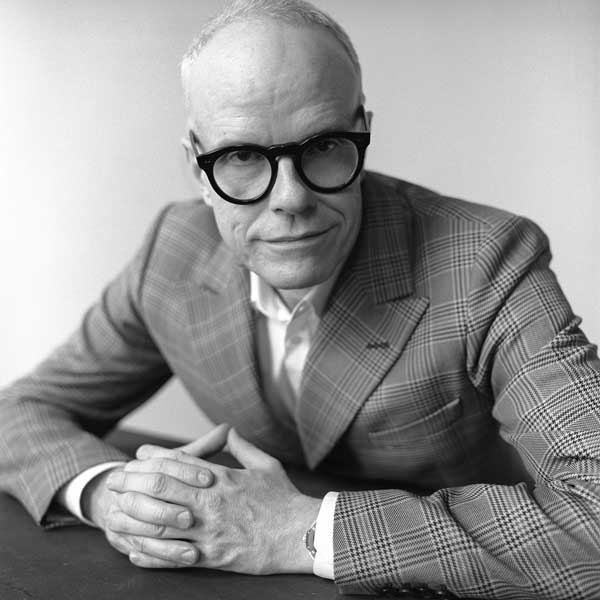
Hans Ulrich Obrist (b. 1968, Zurich, Switzerland) is Artistic Director of the Serpentine Galleries in London. Prior to this, he was the Curator of the Musée d’Art Moderne de la Ville de Paris. Since his first show “World Soup” (The Kitchen Show) in 1991, he has curated more than 300 shows.
Obrist’s recent publications include Ways of Curating (2015), The Age of Earthquakes (2015), Lives of the Artists, Lives of Architects (2015), Mondialité (2017), Somewhere Totally Else (2018) and The Athens Dialogues (2018).
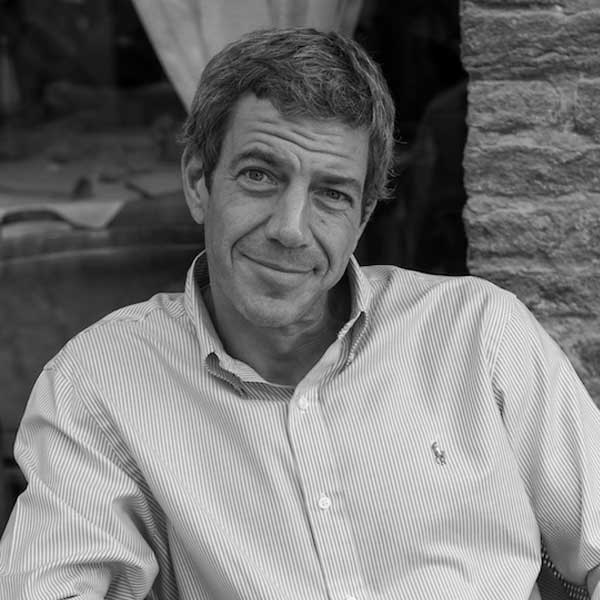
Sorry, this entry is only available in Italian.
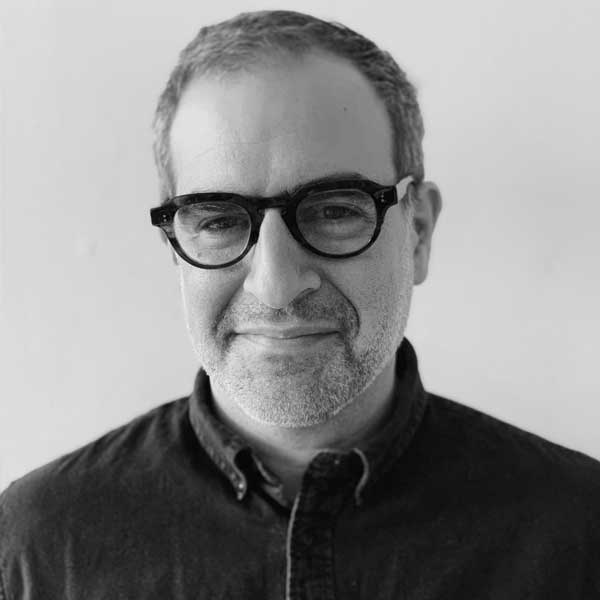
Daniel Perlin believes in listening closely as a strategy for design. As a designer and artist, he has helped create a wide range of works, from screen-based experiences, to digital and physical products, to installations and spaces. Recent projects include experience and design work with Spotify, Sonos, Levis, Google, Unicef, The Emerson Collective, the Cooper Hewitt Museum and Domus magazine.
In addition, Daniel has created experiences for The Seoul and Venice biennials of Architecture, The Philadelphia Museum of Art, The Storefront for Art and Architecture, MoMA and The Whitney Museum and collaborated with artists such as Vito Acconci, Laurie Anderson, Maya Lin, Errol Morris and others.
After 3 years as Director of User Experience Design at Droga5, an agency in New York, Daniel left to found Make_Good_Design, an impact focused studio based out of LA and New York. Daniel is a graduate of Brown’s Modern Culture and Media department, NYU’s ITP and the Whitney Independent Study program. He is currently mentor at the New Museum’s New Inc. incubator and has taught as an adjunct professor at NYU, SVA Products of Design, Columbia GSAPP and RISD. He also likes to ride his bicycle and play music.
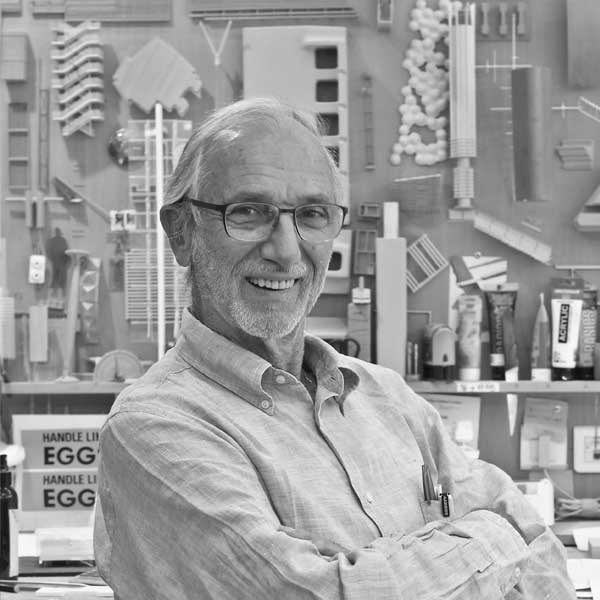
Sorry, this entry is only available in Italian.
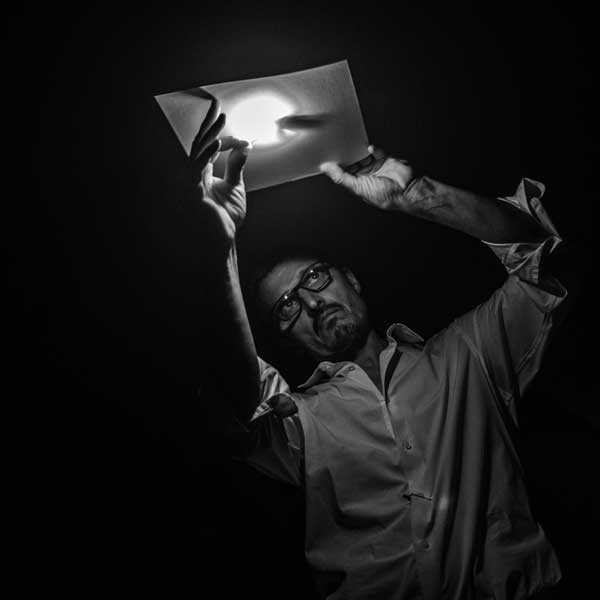
Sorry, this entry is only available in Italian.
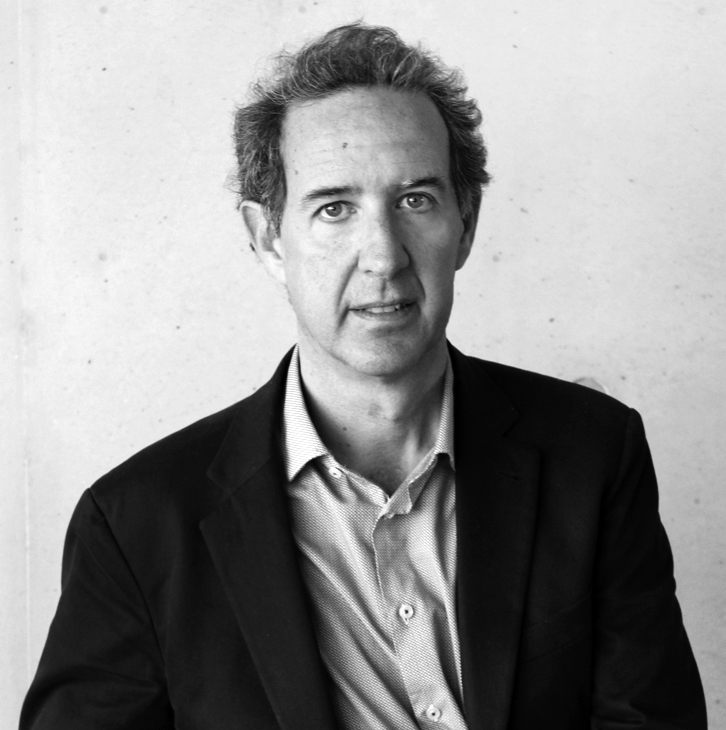
Bartolomeo Pietromarchi, who was born in Rome in 1968, is an art critic and curator and, since May 2016, he has been Director of MAXXI Art, National Museum of the 21st century Arts. From 2011 to 2013 he was Director of MACRO – Museum of Contemporary Art in Rome. From 1998 to 2003 he was responsible for the contemporary art program of Adriano Olivetti Foundation, of which he was appointed Director from 2003 to 2007. In 2007 and 2008 he worked as curator at the Hangar Bicocca Foundation of Milan. He wrote many essays and publications on art, the latest of which is Italia in opera, La nostra identità attraverso le arti visive edito da Bollati Boringhieri (2011). He curated the Italian Pavilion at the 55th International Art Exhibition of Venice Biennale (2013)
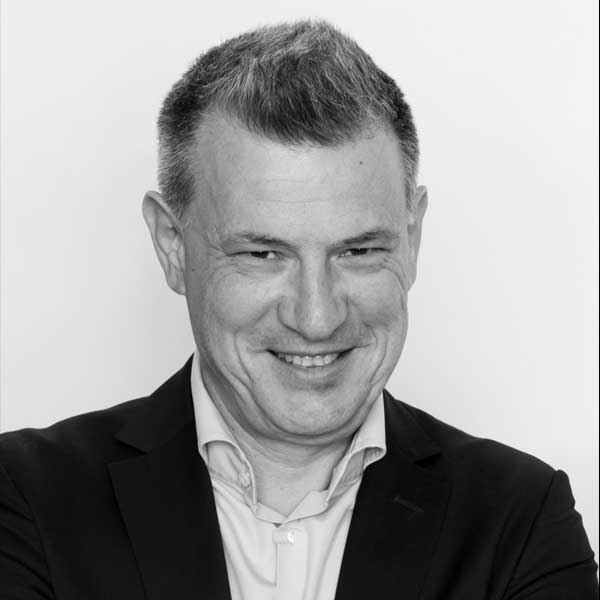
Sorry, this entry is only available in Italian.
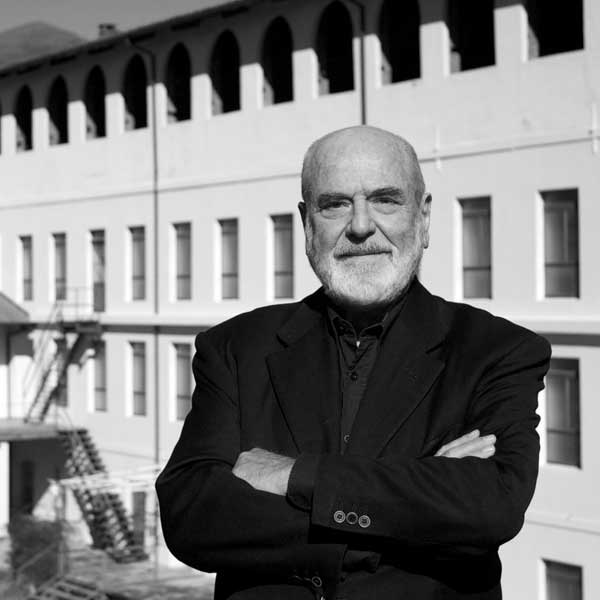
Sorry, this entry is only available in Italian.
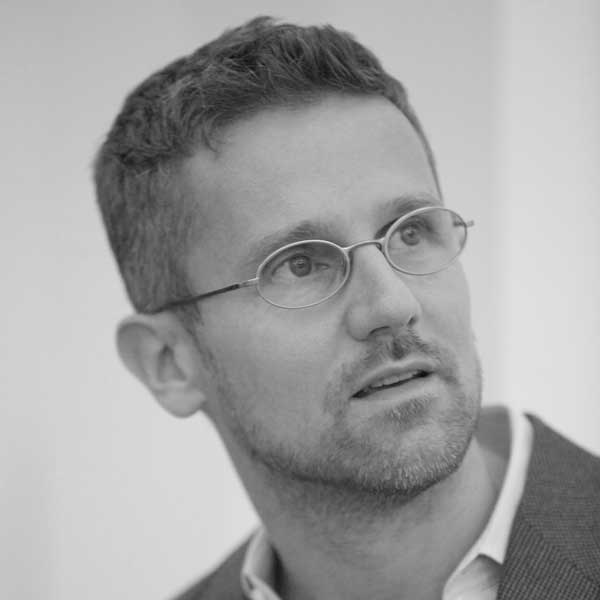
Sorry, this entry is only available in Italian.
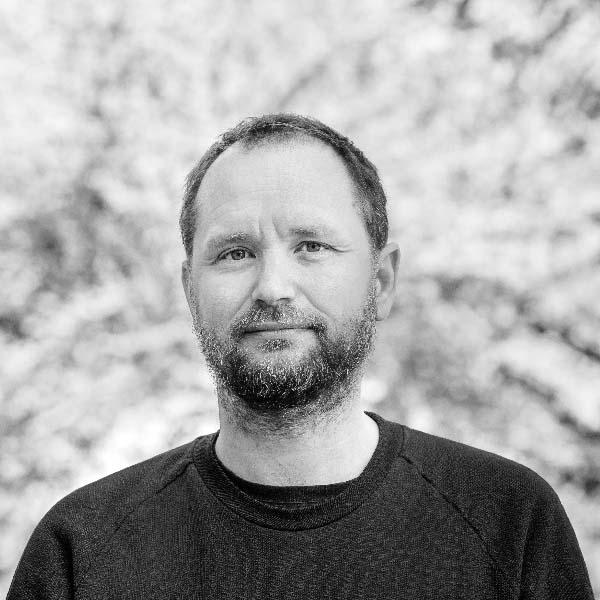
© Photography by Studio Tomás Saraceno, 2019
Tomás Saraceno’s practice is informed by concepts linking art, life science, and the social sciences. In an unorthodox collaboration with cosmic webs, the air, spider/webs and indigenous communities, energies converge in a new practice of solidarity. In our era of climate emergency—when ecosystems are at risk—Saraceno’s work envisions ethical relationships with the terrestrial, atmospheric, and cosmic realms, deepening our understanding of environmental justice and interspecies cohabitation, carried out through the artist’s initiated projects Aerocene and Arachnophilia.
Saraceno has most recently exhibited at Event Horizon, Cisternene, Copenhagen (2020), Aria, Palazzo Strozzi, Florence (2020), La Biennale di Venezia as part of May You Live In Interesting Times (2019) and ON AIR, Palais de Tokyo, Paris (2018). He has collaborated with MIT, Max Planck Institute, the Nanyang Technological University, and has held select residencies at CNES (2014–2015), MIT CAST (2012–ongoing), and Atelier Calder (2010).
Saraceno lives and works in and beyond the planet Earth.
photo © Studio Tomás Saraceno, 2019
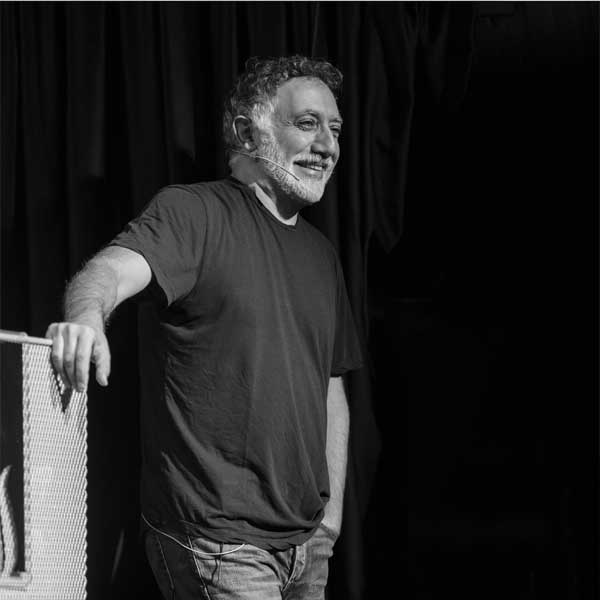
Hashim Sarkis is an architect, educator, and scholar. He is principal of Hashim Sarkis Studios (HSS), established in 1998 with offices in Boston and Beirut. He is also the Dean of the School of Architecture and Planning at the Massachusetts Institute of Technology (MIT) since 2015.
Before joining MIT, Sarkis was the Aga Khan Professor of Landscape Architecture and Urbanism at Harvard University. He has also taught at the Rhode Island School of Design, Yale University, the Ameircan University of Beirut, and the Metropolis Program in Barcelona.
The architectural and urban projects of HSS include affordable housing, houses, parks, institutional buildings, urban design, and town planning. HSS has received several awards for its projects including for the Housing of the Fishermen of Tyre, Byblos Town Hall, and the Courtower Houses. The firm’s work has been exhibited around the world, including at the Museum of Modern Art in New York and at the biennales of Venice, Rotterdam, Shenzhen/Hong Kong, and Valparaiso. The work has also been published extensively, most recently in a monograph by Ness.docs. He recently was appointed curator of the 17th International Architecture Exhibition at the 2020 Venice Biennale, which due to the Corona Virus has been postponed to May 2021.
Sarkis earned a Bachelor of Architecture and a Bachelor of Fine Arts from the Rhode Island School of Design, and a Master of Architecture and a PhD in Architecture from Harvard University. He is author, co-author, and editor of several books and articles on modern architecture history and theory, including The World as an Architectural Project; Josep Lluis Sert, The Architect of Urban Design; Circa 1958, Lebanon in the Projects and Plans of Constantinos Doxiadis; and Le Corbusier’s Venice Hospital.
photo ©Poyraz Tütüncü
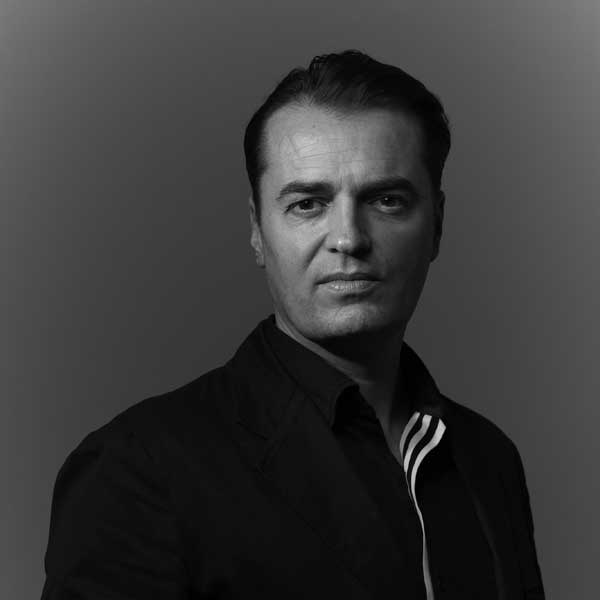
Patrik Schumacher is principal of Zaha Hadid Architects. He joined Zaha Hadid in 1988 and was seminal in developing ZHA to become a global architecture and design brand. Patrik Schumacher studied philosophy, mathematics and architecture in Bonn, Stuttgart and London. He received his Diploma in architecture in 1990. He has been a partner since 2003 and a co-author on all projects. In 2010 Patrik Schumacher won the Royal Institute of British Architects’ Stirling Prize together with Zaha Hadid.
In 1996 he founded the Design Research Laboratory at the Architectural Association in London where he continues to teach. In 1999 he completed his PHD at the Institute for Cultural Science, Klagenfurt University. Over the last 20 years he has contributed over 100 articles to architectural journals and anthologies. In 2008 he coined the phrase Parametricism and has since published a series of manifestos promoting Parametricism as the new epochal style for the 21st century. In 2010/2012 he published his two-volume theoretical opus “The Autopoiesis of Architecture”. Patrik Schumacher is widely recognized as one of the most prominent thought leaders within the fields of architecture, urbanism and design.
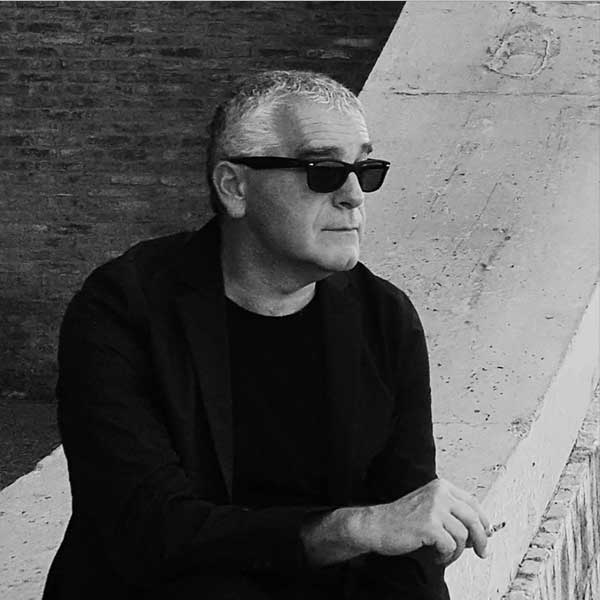
Marco Scotini is a curator, Head of the Visual Arts and Curatorial Studies Department at NABA (Milan and Rome), Artistic Director of the FM Center for Contemporary Art, Scientific Director of Gianni Colombo Archive (Milan) and Bert Theis Archive (Luxembourg), Head of Exhibitions Program at Parco d’Arte Vivente (PAV) in Turin.
He has curated the Albanian Pavilion at the Venice Biennale (2015), three editions of Prague Biennale, Anren Biennale (2017), the Second Yinchuan Biennale (2018) and more than two hundred group and solo exhibitions. His project, Disobedience Archive, traveled for 10 years in Europe, USA and Mexico. He is author/editor of the books Utopian Display. Geopolitical curating (2019), Earthrise (2019), Politiques de la végétation (2017), Politics of Memory: Documentary and Archive (2015) and has contributed for Moscow Art Magazine, Springerin, Domus, Manifesta Journal, Brumaria, Open, South as a State of Mind among others.
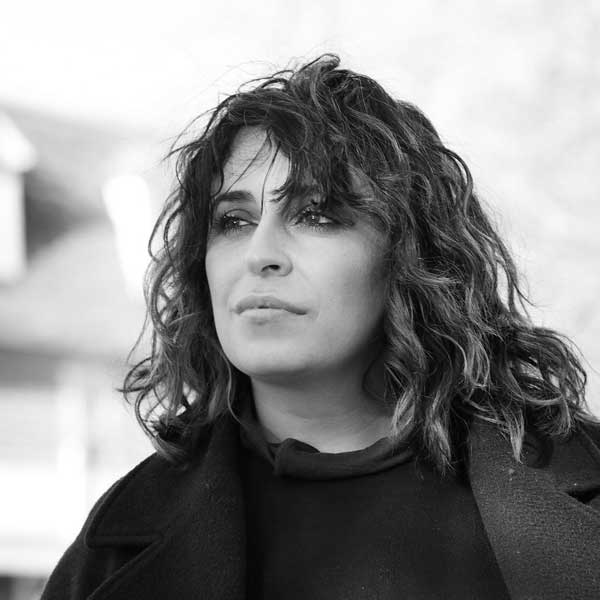
Born in Italy in 1977. Her work has been exhibited widely throughout Italy and abroad, including:
Manifesta 12; Centre Pompidou; MAXXI Museum; Queens Museum; Kunsthaus Zurich; Castello di Rivoli; Kunsthalle Sankt Gallen; Palais de Tokyo; Schirn Kunsthalle; Museum of Contemporary Art of Chicago; High Line, NY; Madre Museum; Faena Art Forum; Bozar; Kunstverein Ar/Ge Kunst; Petach Tikva Museum; Sandretto Re Rebaudengo Foundation; Serpentine Gallery; CCA Tel Aviv; Musée d’art contemporain de Montréal; ICA, Richmond; BAK Utrecht; Centro de Arte Dos de Mayo Palazzo Grassi; Museum Boijmans Van Beuningen; Moderna Museet; UABB Bi Shenzhen; Biennale de Lyon; Thessaloniki Biennale; Liverpool Biennale; Shiryaevo Biennale; Athens Biennale; Havana Biennale; Göteborg Biennial; Contour – Biennial of the Moving Image, Mechelen; Bienal de Cuenca; 54th Venice Biennale «ILLUMinations».
Senatore is the winner of the 4th edition of Italian Council; Art Grant, Dresden; MAXXI Prize; Castello di Rivoli, Fellowship; The American Academy in Rome Fellowship; The New York Prize; Dena Foundation Fellowship.
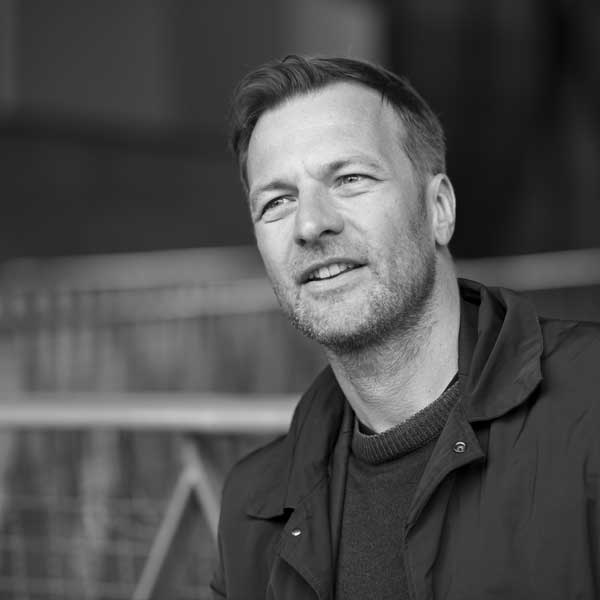
Is The Philip Johnson Chief Curator of Architecture and Design at The Museum of Modern Art.
Stierli is the author of Montage and the Metropolis (Yale University Press, 2018) and Las Vegas in the Rearview Mirror (Getty Research Institute, 2013). He has organized various exhibitions, including the international traveling exhibition Las Vegas Studio: Images from the Archives of Robert Venturi and Denise Scott Brown. At MoMA, he has curated, with Vladimir Kulić, the exhibition Toward a Concrete Utopia: Architecture in Yugoslavia, 1948-1980. Together with the other chief curators, he was responsible for the reconceptualization of the collection installations in the newly expanded MoMA.
Previous to joining MoMA, Martino was the Swiss National Science Foundation Professor at the University of Zurich’s Institute of Art History. He has taught at Columbia University and Princeton University, the universities of Zurich and Basel, and ETH Zurich, from where he holds a PhD. His scholarship has been awarded numerous prizes and grants, most recently the 2019 Richard Schlagman Art Book Award (for Toward a Concrete Utopia).
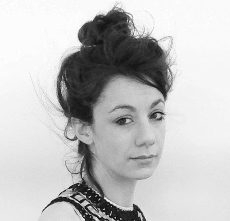
Lucy Styles is project architect at Kazuyo Sejima + Ryue Nishizawa & Associates / SANAA. She is currently responsible for La Samaritaine project in Paris and the Auckland Castle Walled Garden redevelopment in the UK among others. During her time at SANAA she completed the Serpentine Pavilion, the Louvre-Lens museum in northern France and worked extensively on the Bocconi Urban Campus in Milan. Having taught for several years at ETH Zurich, she now teaches at Angewandte Institute of Architecture in Vienna. Lucy very recently started her own studio, designing an exhibition on the Japanese House now at the Barbican Gallery in London.
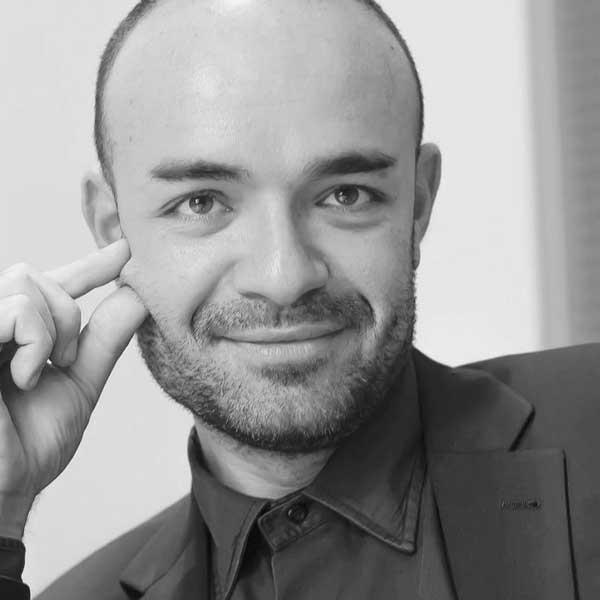
Sorry, this entry is only available in Italian.
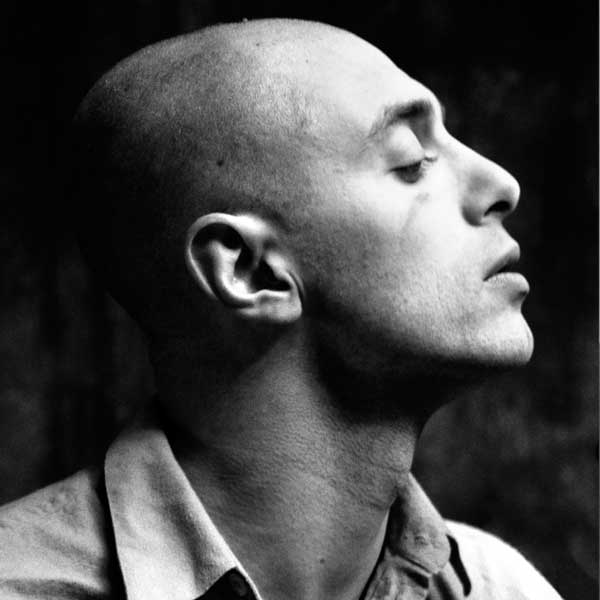
Born in Vittorio Veneto (TV) in 1976; he currently lives and works in Rome.
Among his most significant solo exhibitions: MAXXI | Museo nazionale delle arti del XXI secolo, Rome (2018); Palais De Tokyo, Paris (2017); Whitworth Art Gallery, Manchester (2016); Accademia di Francia – Villa Medici, Rome (2016); Estorick Collection, London (2016); National Gallery of Arts, Tirana (2015); Museion, Bolzano (2010); Museo MAN, Nuoro (2007); Skuc, Lubljana (2006); Viafarini, Milan (2006). He has also participated in the 52nd Venice Biennale (2007); Manifesta 7 (2008); 15th Quadriennale in Rome (2008); 12th Architecture Biennale in Venice (2010); Lyon Biennale (2019).
His work has been exhibited in prestigious Institutions such as: Museo del Novecento, Milan; Fondation Beyeler Basel; Riga Art Space, Riga; La Maison Rouge, Paris; MAK, Wien; Kunsthaus, Graz; SongEun Art Space, Seoul; ZKM, Karlsruhe; La Casa Encendida, Madrid; Espace de l’Art Concrete, Mouans-Sartoux; Palazzo Reale, Milan; Fondazione Sandretto Re Rebaudengo, Turin; CSW, Warsaw; PinchukArtCentre, Kiev; Le Magasin, Grenoble; Wysing Arts Centre, Cambridge; EACC, Castelló; MART, Rovereto; Museo Pecci, Prato; Palazzo delle Esposizioni, Rome; MAMBO, Bologna.
Among the permanent collections his work has been included: Deutsche Bank, Milan; Macro – Museo d’Arte Contemporanea Roma, Rome; MAXXI | Museo nazionale delle arti del XXI secolo Rome; Museion, Bolzano; Whitworth Art Gallery, Manchester; MUSAC – Museo de Arte Contemporáneo de Castilla y León, Leon.
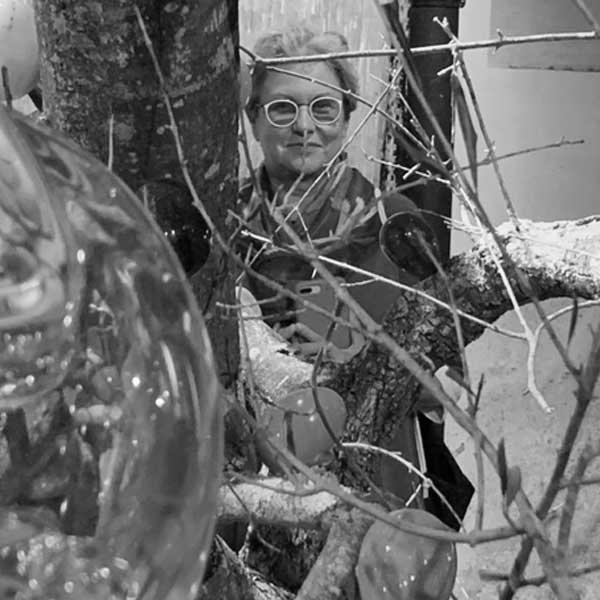
Sorry, this entry is only available in Italian.
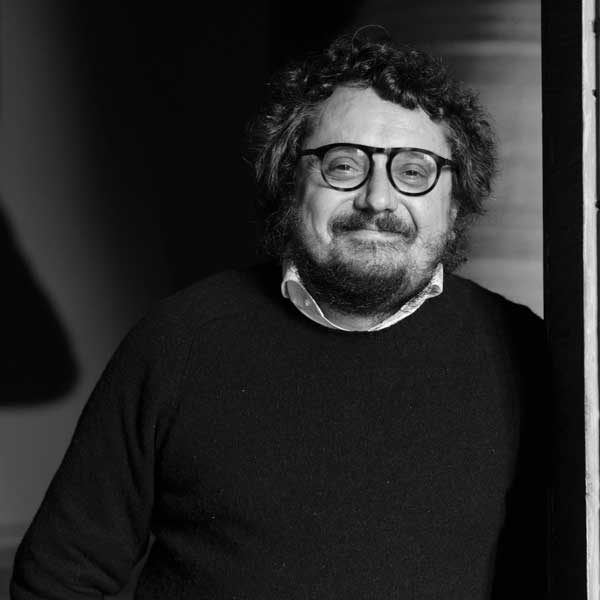
Sorry, this entry is only available in Italian.
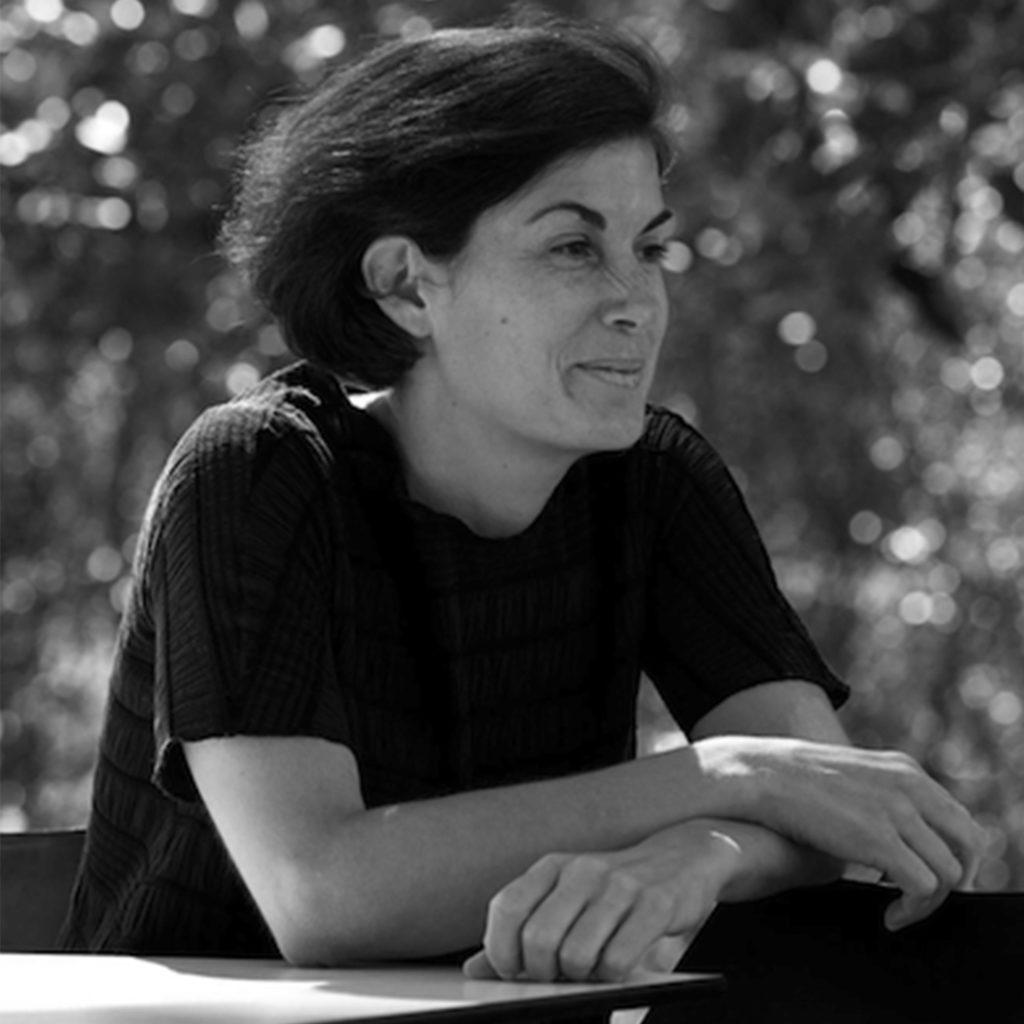
Kathryn Weir has been named artistic director of the Madre – museum of contemporary art Donnaregina in Naples from 2020. Previously director of cultural development at the Centre Pompidou, she created Cosmopolis there in 2015 as a platform for research-based and collaborative art practices. Conceived to construct bridges between new forms of creative experimentation, socially engaged practices and critical thinking, the platform contributes to the reconfiguration of art’s histories and geographies. Cosmopolis #1: Collective Intelligence at the Centre Pompidou in 2017 was followed by Cosmopolis #1.5: Enlarged Intelligence in Chengdu in 2018, and Cosmopolis #2: Rethinking the Human in Paris in 2019. She also launched the new annual event MOVE: performance, dance, moving image at the Centre Pompidou in 2017. From 2006 until 2014, she lead the international art and cinémathèque curatorial areas at the Queensland Art Gallery | Gallery of Modern Art (QAGOMA), Brisbane and was one of the curators of the 5th, 6th and 7th Asia Pacific Triennials of Contemporary Art. Earlier this year Weir co-curated Collective Body at Dhaka Art Summit 2020).
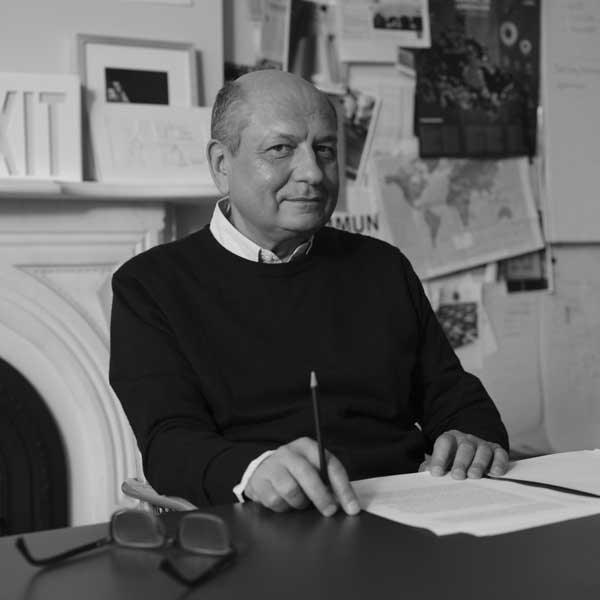
Is an architect, author, and curator. His research engages with contemporary architecture, urbanism, and landscape by questioning and re-examining the assumptions on which architects operate today. From 2005 to 2019 he has been the Director of the Canadian Centre for Architecture (CCA) in Montreal. Among his publications: Paesaggi ibridi (1996), Annähernd Perfekte Peripherie(2001), Asfalto: Il carattere della cittá (2003), Sense of the City (2005), 1973: Sorry, Out of Gas (2007), Actions: What You Can Do with the City (2008), Imperfect Health: The Medicalization of Architecture (2011), It’s all happening so fast (2016), The Museum Is Not Enough (2019).
photo © Richard Lam
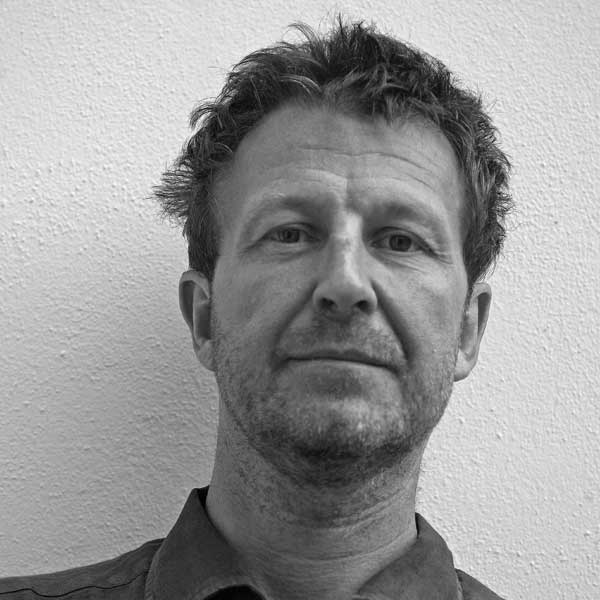
Born in Milano in 1955, Cino Zucchi graduated at M.I.T. and at the Politecnico di Milano, where he presently teaches. Author of several articles and books on architectural theory and history, he has been the curator of the Italian Pavilion at the 2014 Venice Biennale of Architecture and Visiting Professor at the Harvard GSD. Together with his studio CZA he has designed and realized several buildings, public spaces and master plans which deserved prizes and mentions.
Il domani è un’idea che ti cambia. Oggi.
Festival online per i 10 anni del MAXXI
in diretta sui canali social del Museo: Facebook, Twitter, YouTube, LinkedIn
e sul sito de La Repubblica
Il MAXXI celebra i suoi dieci anni con un grande festival digitale!
Una maratona digitale di dieci ore che unisce grandi istituzioni italiane e internazionali, artisti, architetti, designer, critici, curatori, scienziati. Una riflessione sul ruolo, la funzione sociale e le potenzialità digitali dei musei di tutto il mondo a seguito della pandemia.
In quanto istituzione sperimentale nel campo delle arti contemporanee, il MAXXI indaga la natura e il ruolo del museo globale, enfatizzando il rapporto tra le condizioni locali in cui si sviluppa la creatività e la scena globale. Diventa urgente immaginare un modello diverso di globalizzazione per sviluppare nuovi progetti di scambi e collaborazioni più aperti, diversificati e paritari in tutto il mondo.
Alternando dialoghi live e contributi video registrati appositamente per l’occasione, il festival è organizzato in due sezioni.
Il MAXXI nel mondo, ovvero sono ancora necessari i musei globali?
In questa prima parte si riflette su come la pandemia abbia influito su funzione, organizzazione, percezione e offerta dei musei (il palinsesto online del MAXXI durante il lockdown ha avuto oltre 13 milioni di visualizzazioni): nella realtà post emergenza Covid-19, ridefinita dalla digitalizzazione e dalla distanza sociale, i musei possono continuare a svilupparsi come principale spazio pubblico di ricerca? Come conciliare la dimensione locale e globale della ricerca contemporanea?
Verso un nuovo ecosistema della creazione
Questa seconda parte lancia una sfida creativa affinché i musei diventino i principali laboratori per sperimentare e definire una nuova ecologia della creazione, che coinvolga comunità sempre più ampie e pratiche di condivisione dei saperi sempre più poliformi. In questa sezione, ci sarà un focus sul tema dell’abitare e su come il Coronavirus abbia influito e modificato il rapporto tra noi e la casa, il nostro modo di viverla, tema al centro del nuovo allestimento della mostra At Home 20.20 che proprio il 18 giugno riapre al pubblico.
Scarica il programma
Introdotti e moderati da Giovanna Melandri, Presidente della Fondazione MAXXI; HouHanru Direttore artistico del MAXXI; Bartolomeo Pietromarchi, Direttore del MAXXI Arte; Margherita Guccione, da poco alla guida della Direzione generale per la creatività contemporanea del MiBACT dopo aver diretto per 10 anni il MAXXI Architettura e Pippo Ciorra, Senior Curator del MAXXI Architettura, tantissimi gli ospiti che si alterneranno sul palco virtuale del MAXXI, a partire dal Ministro della cultura Dario Franceschini e dal Presidente della Camera Roberto Fico, che apriranno il Festival.
Con David Adjaye, Cecilia Alemani, Zdenka Badovinac, Petra Blaisse, Bernard Blistène, Stefano Boeri, Edoardo Bonaspetti, Manuel Borja – Villel, Ilaria Capua, Maristella Casciato, Roberto Cicutto, Jose Miguel G. Cortés, Sarah Cosulich, Domitilla Dardi, Formafantasma, Piero Gilardi, Massimiliano Gioni, Thomas Hirschhorn, Rem Koolhaas, Emma Lavigne, Luigi Lo Cascio, Luca Lo Pinto, Matteo Lucchetti, Francesco Manacorda, Miltos Manetas, Simone Marchetti, Diego Marcon, Sara Marini, Cuauhtémoc Medina, Frances Morris, Alexandra Munroe, Michela Murgia, Victoria Noorthoorn, Hans Ulrich Obrist, Daniel Perlin, Renzo Piano, Cesare Pietroiusti, Roberto Pisoni, Michelangelo Pistoletto, Carlo Ratti, Tomás Saraceno, Hashim Sarkis, Patrik Schumacher, Marco Scotini, Marinella Senatore, Martino Stierli, Lucy Styles, Massimiliano Tonelli, Nico Vascellari, Andrea Viliani, Monique Veaute, Kathryn Weir, Gong Yan, Mirko Zardini, Cino Zucchi e molti altri.
CON
David Adjaye
Cecilia Alemani
Zdenka Badovinac
Petra Blaisse
Bernard Blistène
Stefano Boeri
Edoardo Bonaspetti
Manuel Borja-Villel
Ilaria Capua
Maristella Casciato
Roberto Cicutto
Pippo Ciorra
José Miguel G. Cortés
Sarah Cosulich
Roberto Fico
Formafantasma
Dario Franceschini
Piero Gilardi
Massimiliano Gioni
Yan Gong
Margherita Guccione
Hou Hanru
Thomas Hirschhorn
Rem Koolhaas
Emma Lavigne
Luca Lo Pinto
Matteo Lucchetti
Miltos Manetas
Diego Marcon
Sara Marini
Cuauhtémoc Medina
Giovanna Melandri
Margherita Moscardini
Victoria Noorthoorn
Hans Ulrich Obrist
Malcom Pagani
Daniel Perlin
Renzo Piano
Cesare Pietroiusti
Bartolomeo Pietromarchi
Roberto Pisoni
Michelangelo Pistoletto
Carlo Ratti
Tomas Saraceno
Hashim Sarkis
Patrik Schumacher
Marco Scotini
Marinella Senatore
Martino Stierli
Lucy Styles
Massimiliano Tonelli
Nico Vascellari
Monique Vaute
Andrea Viliani
Kathryn Weir
Mirko Zardini
Cino Zucchi